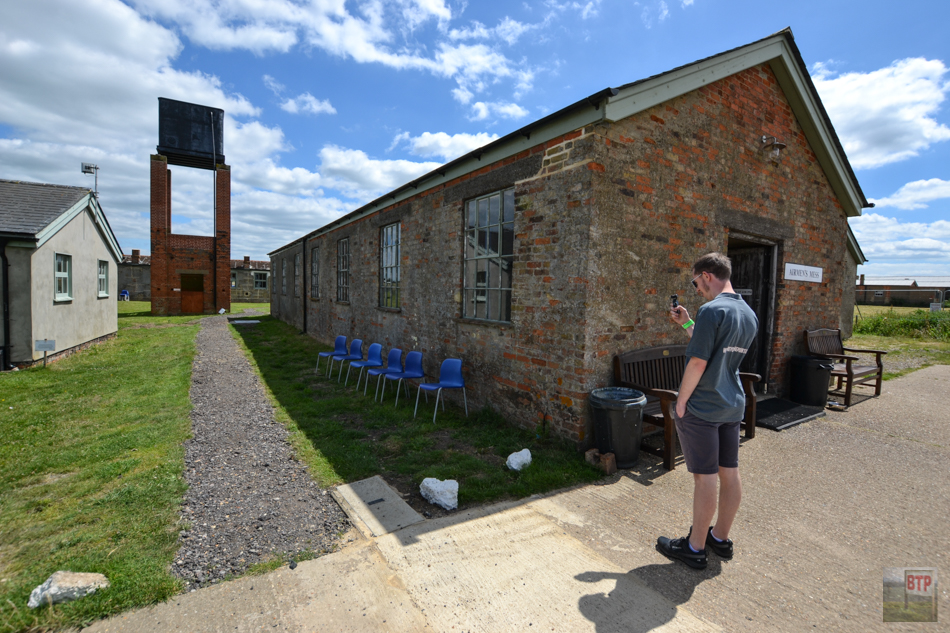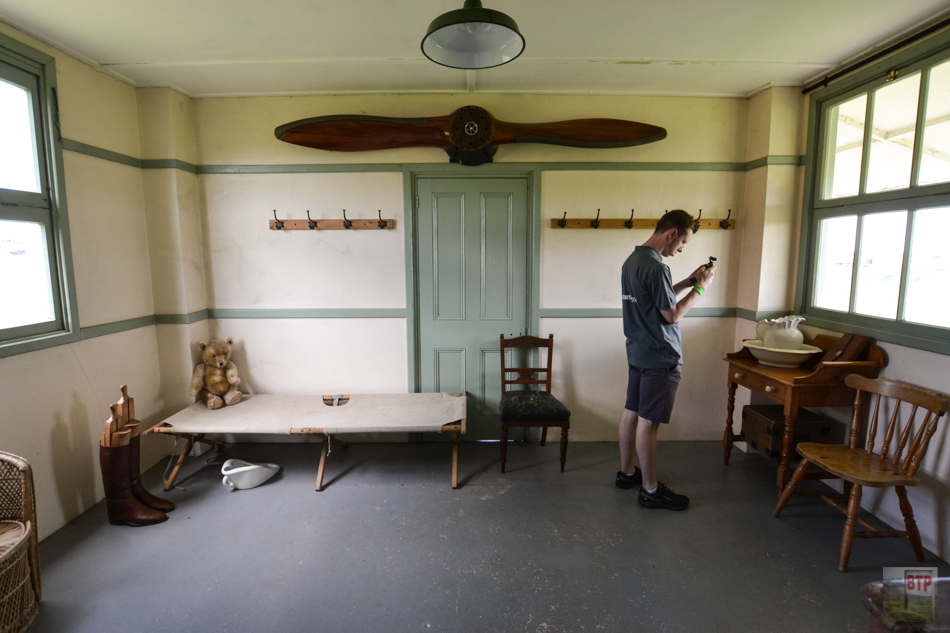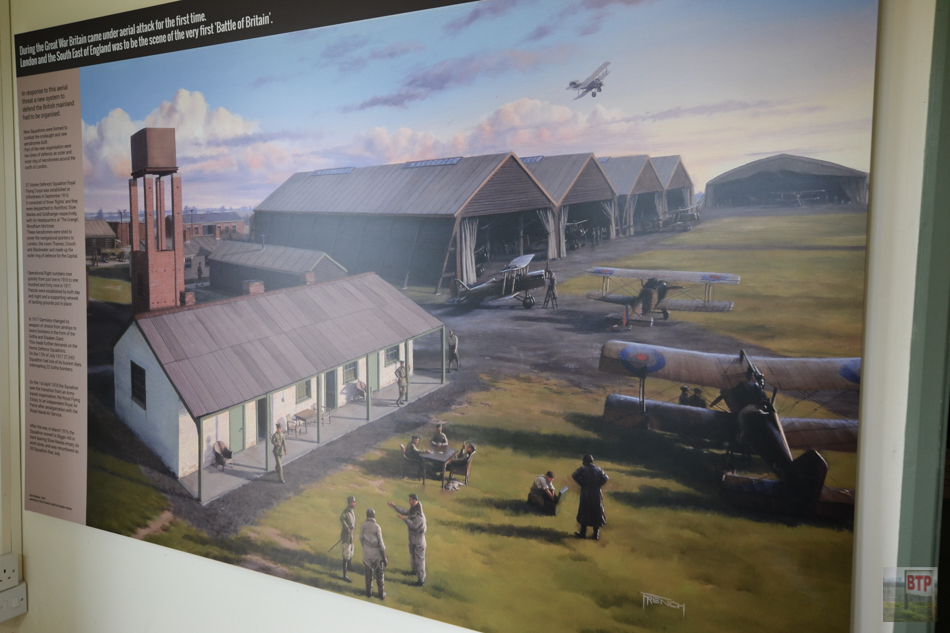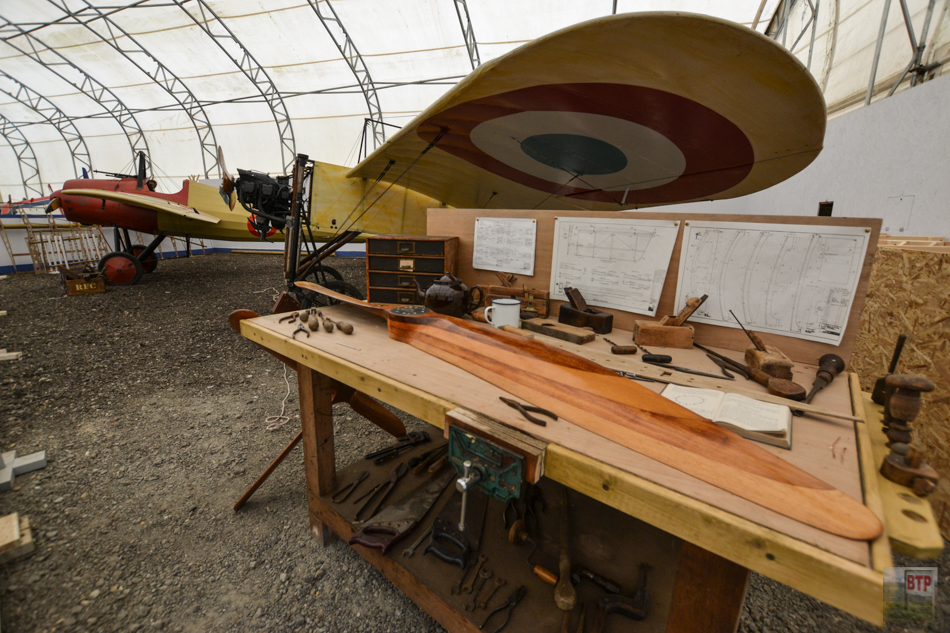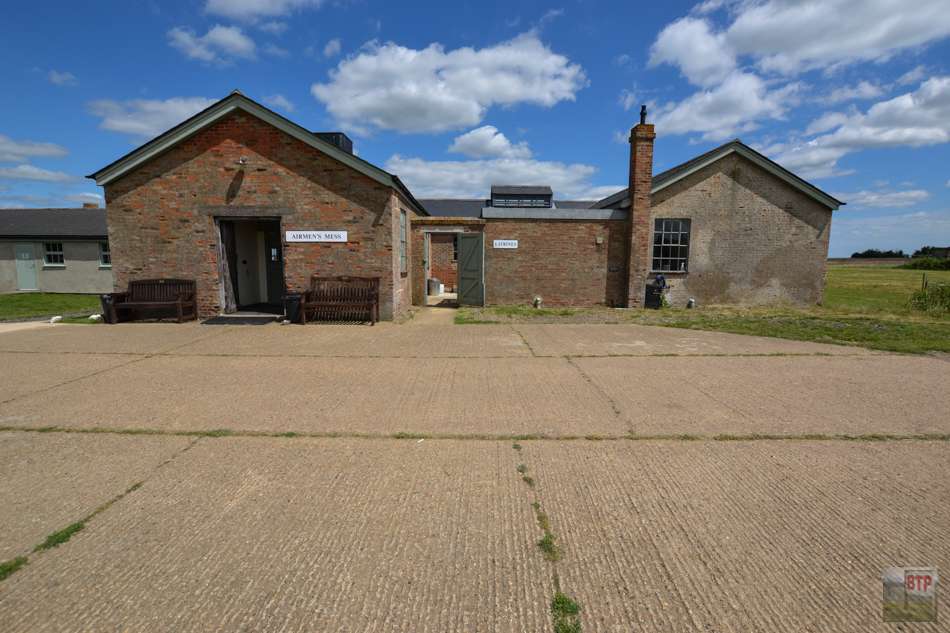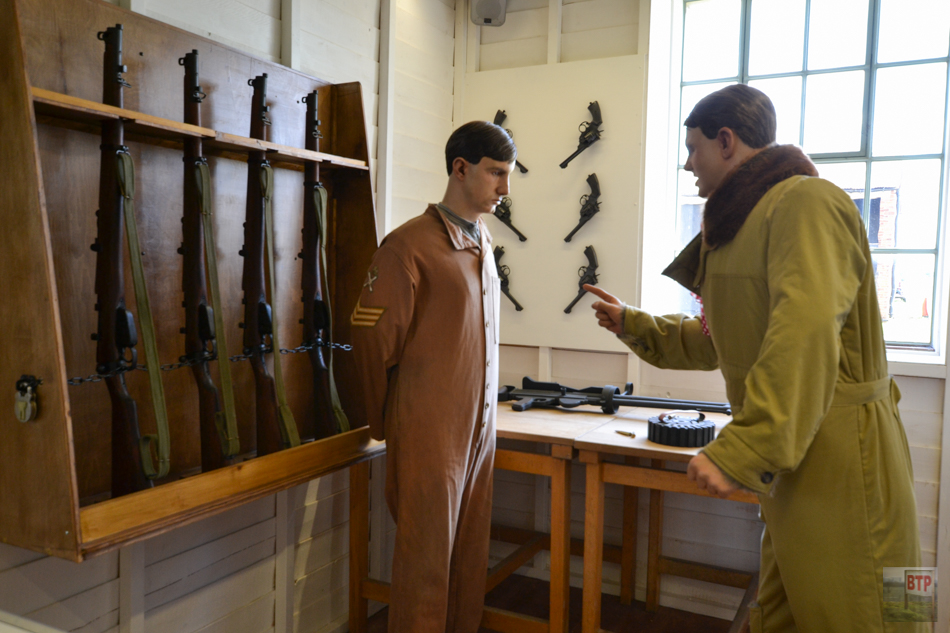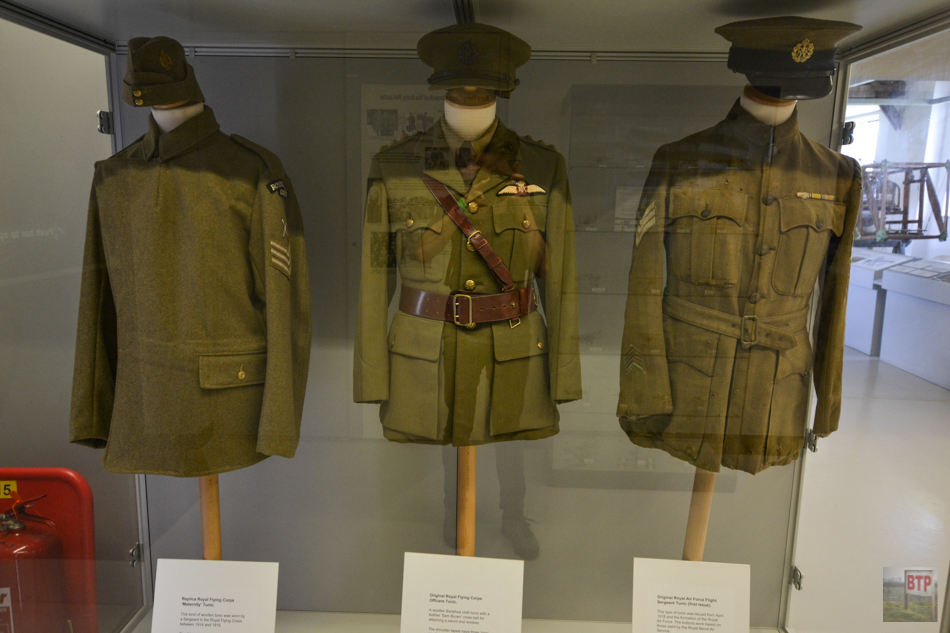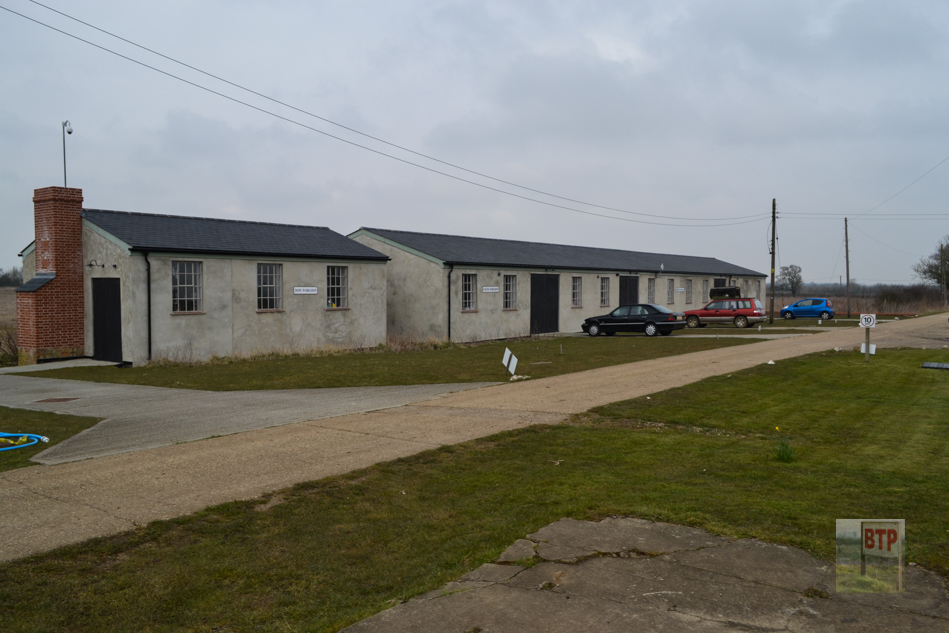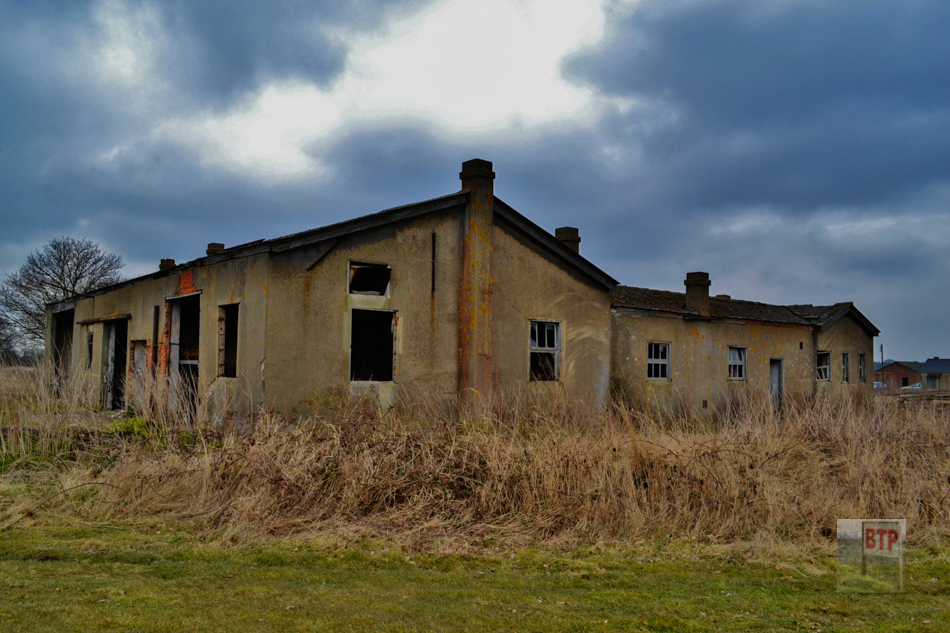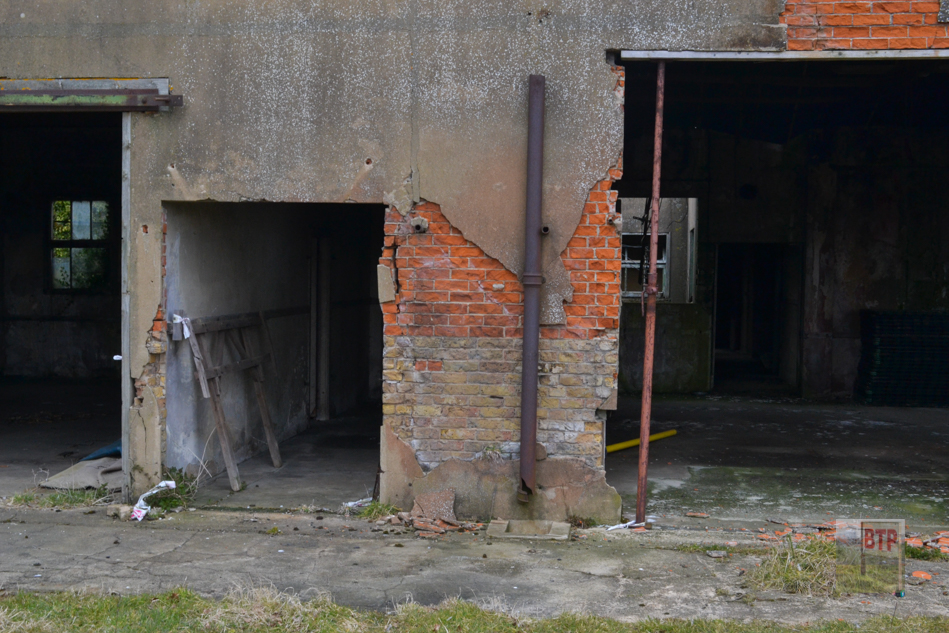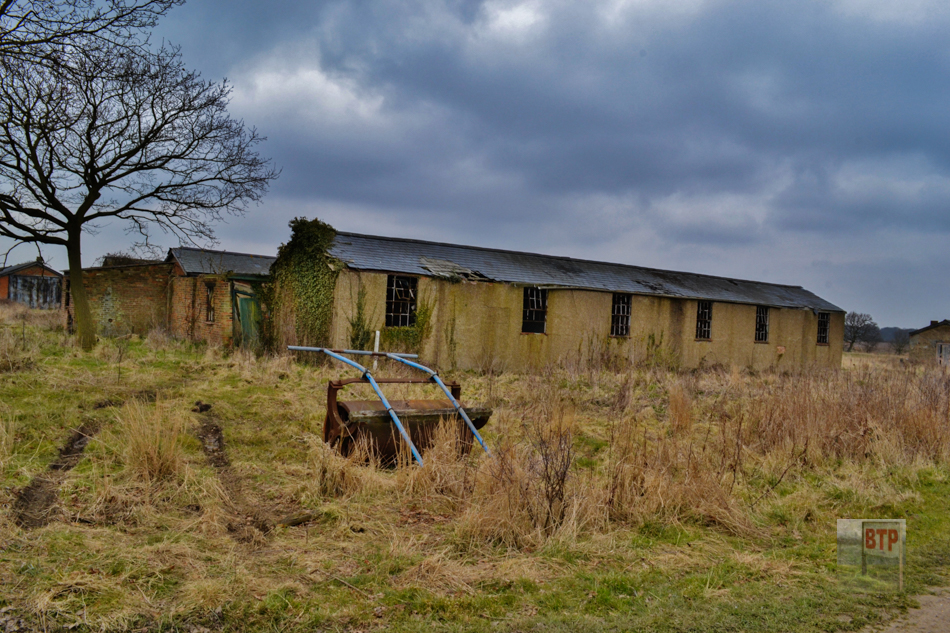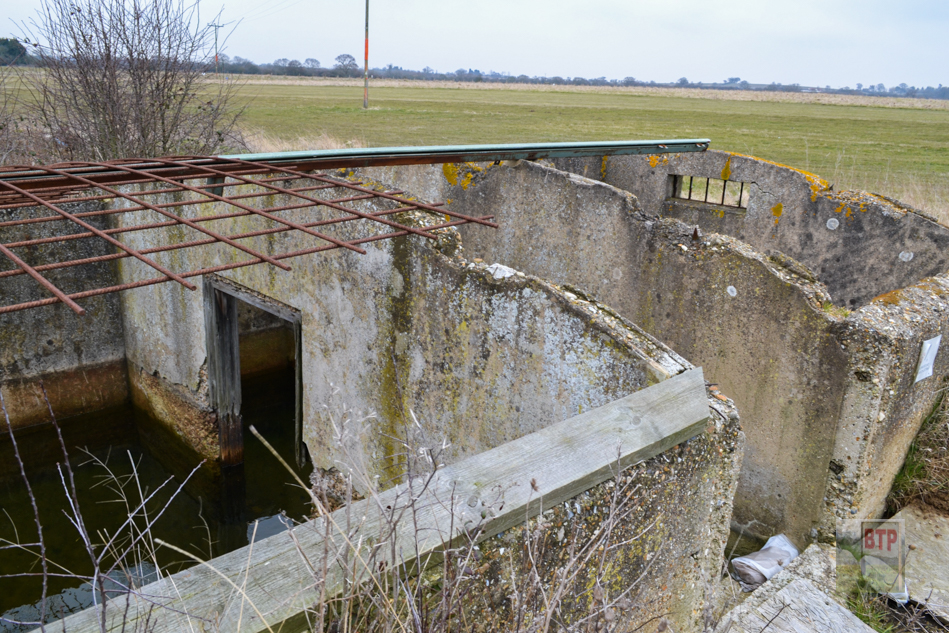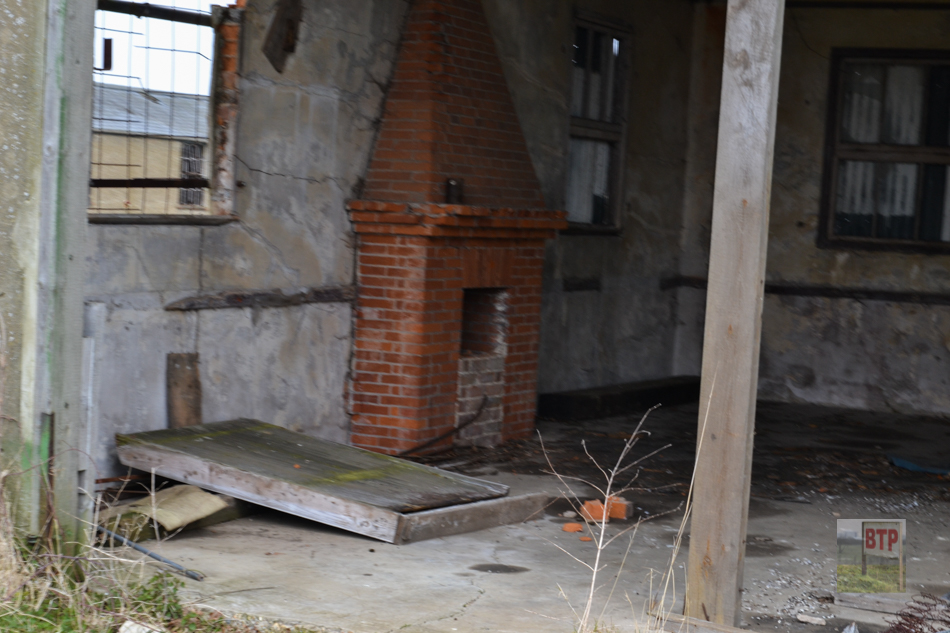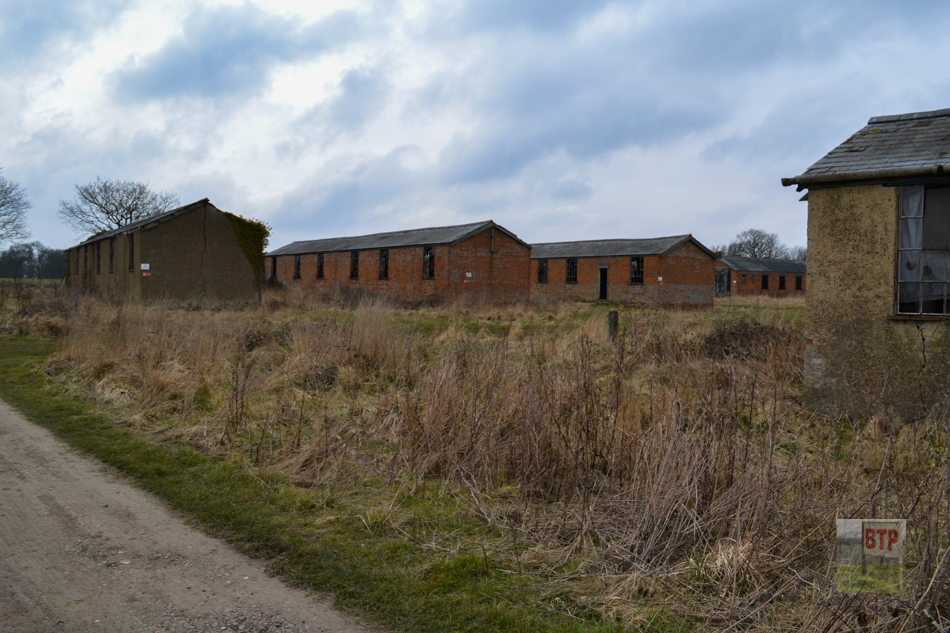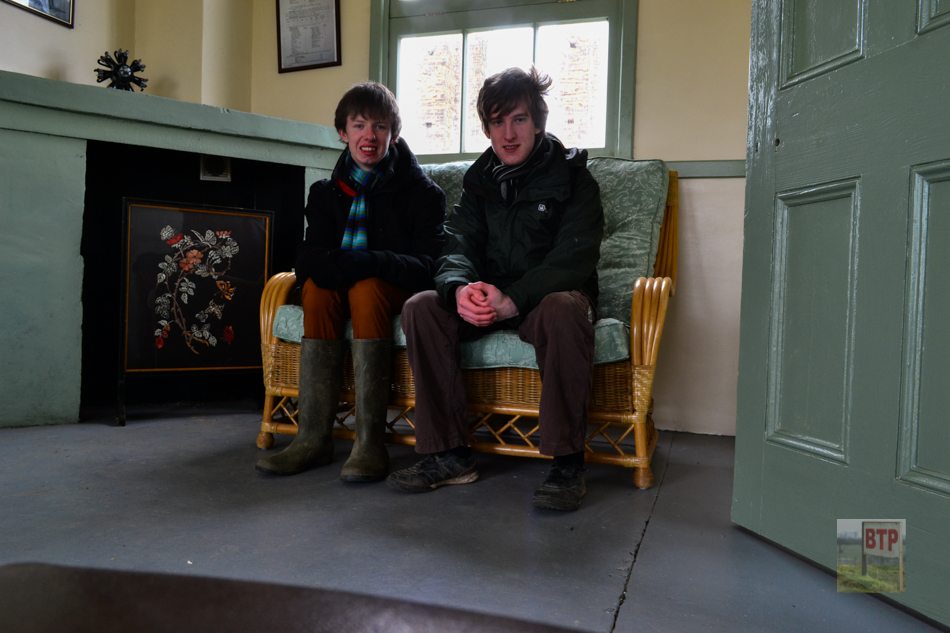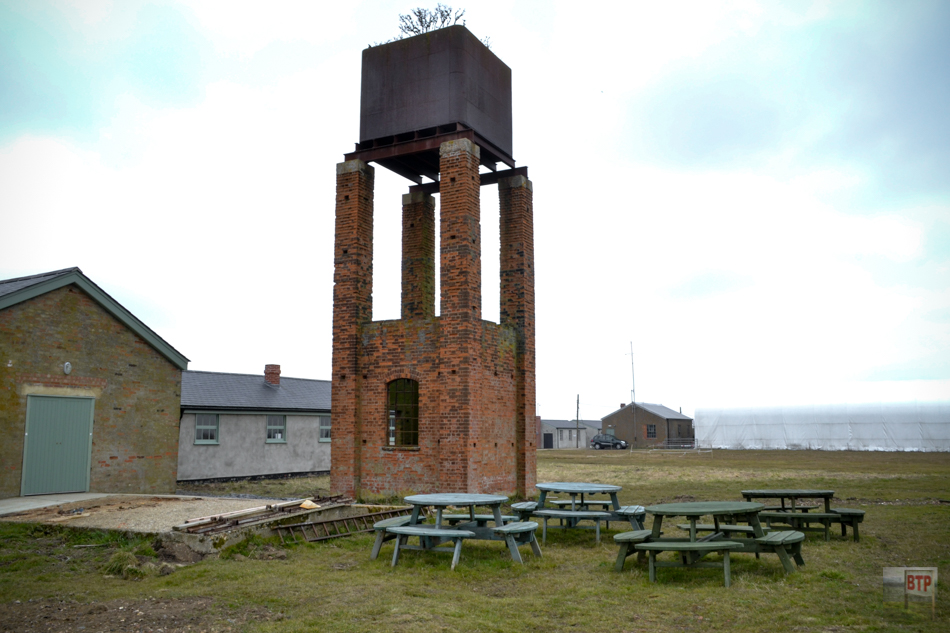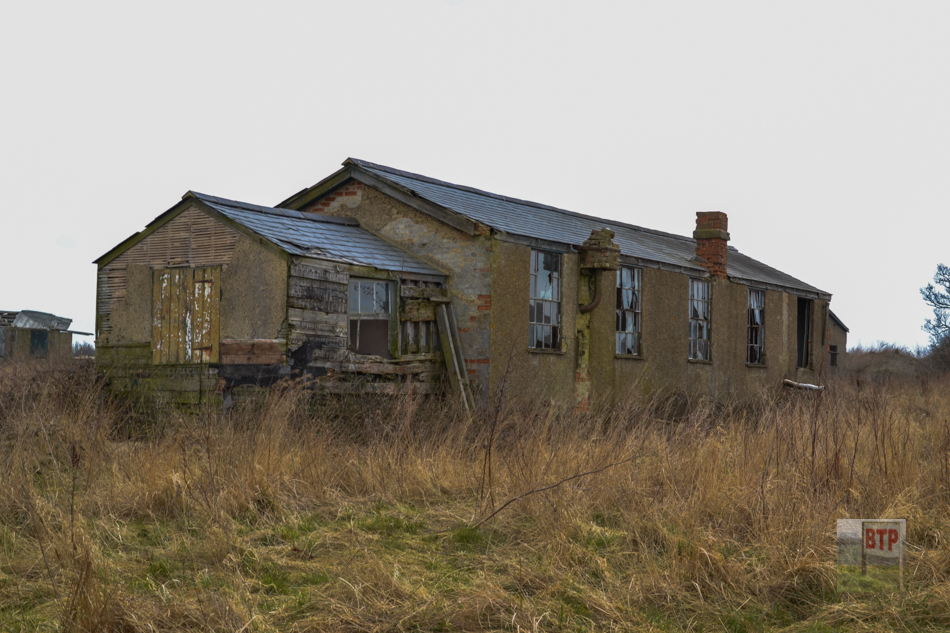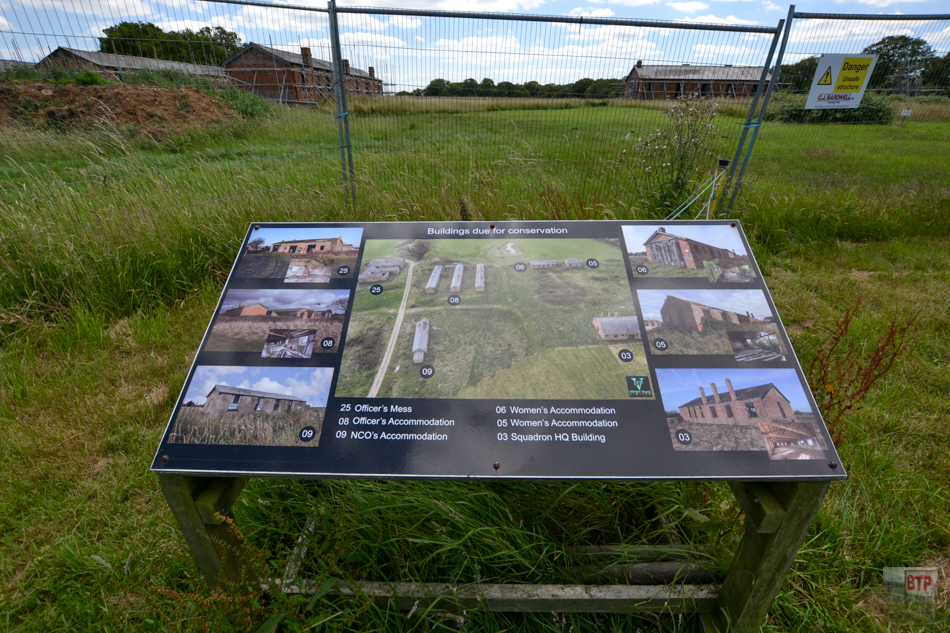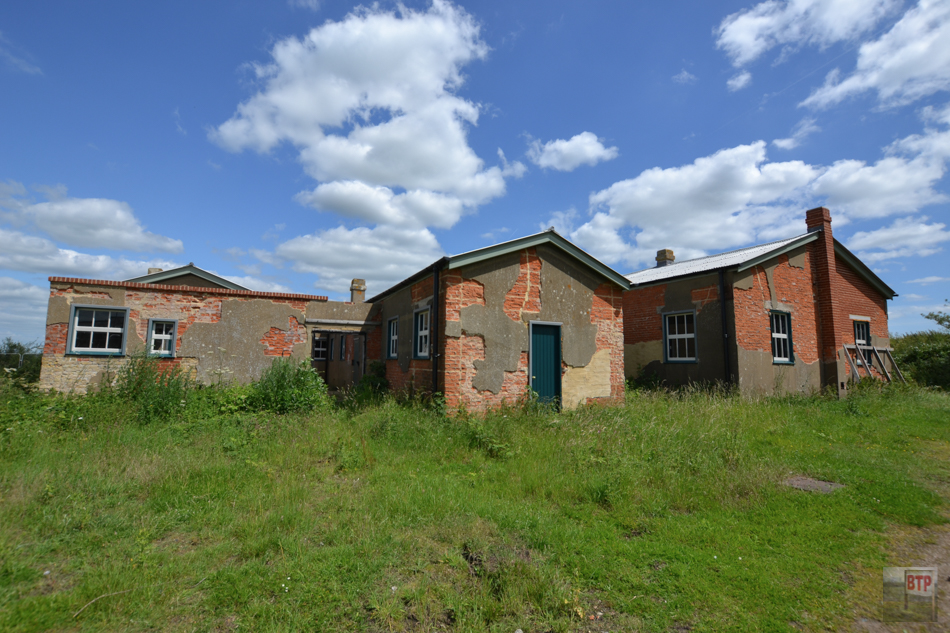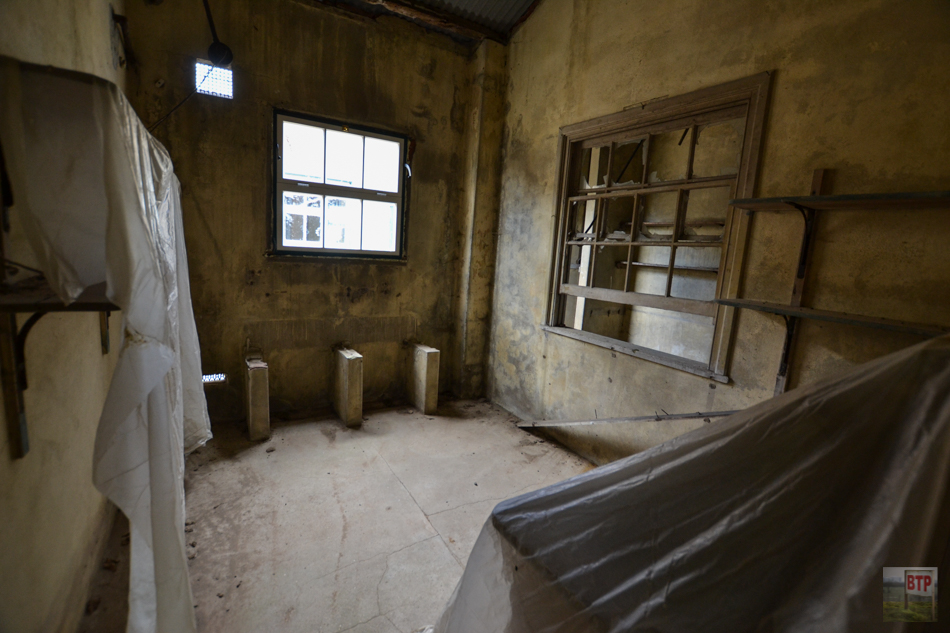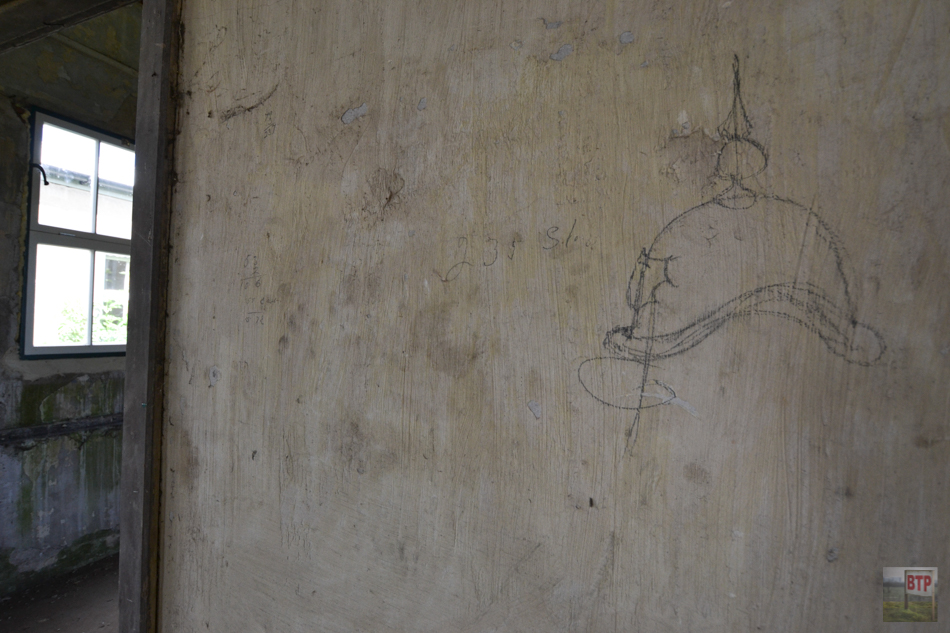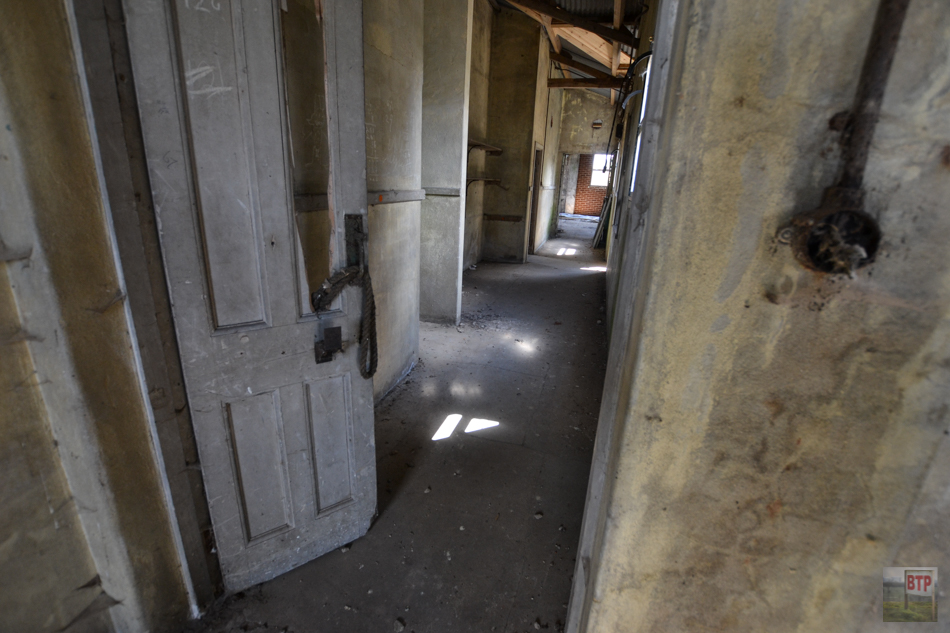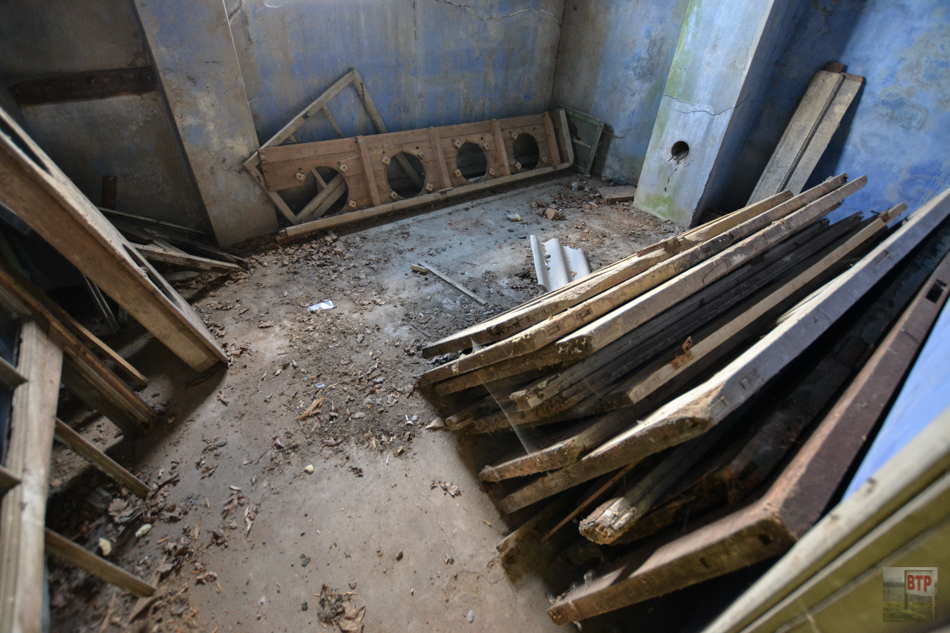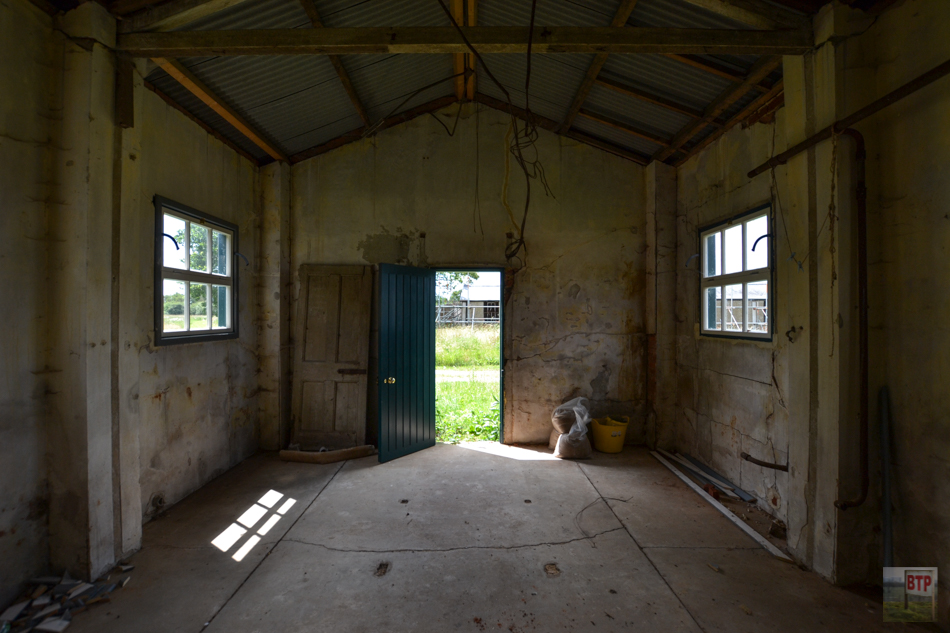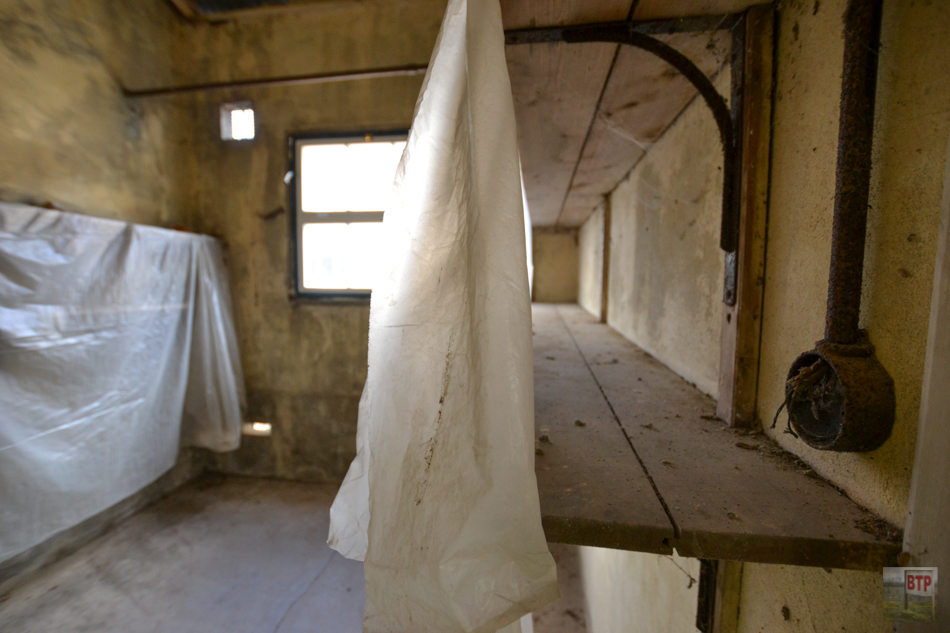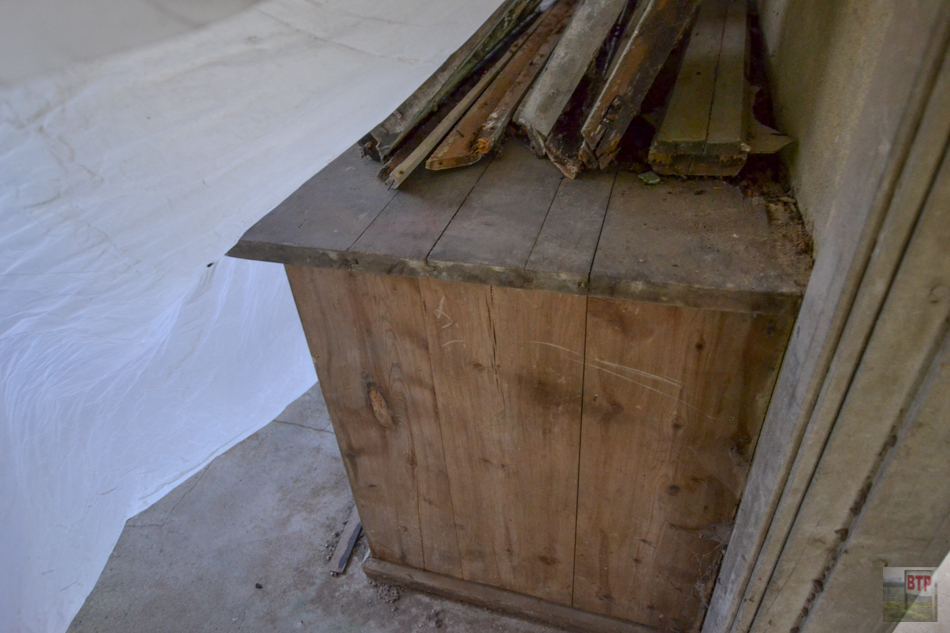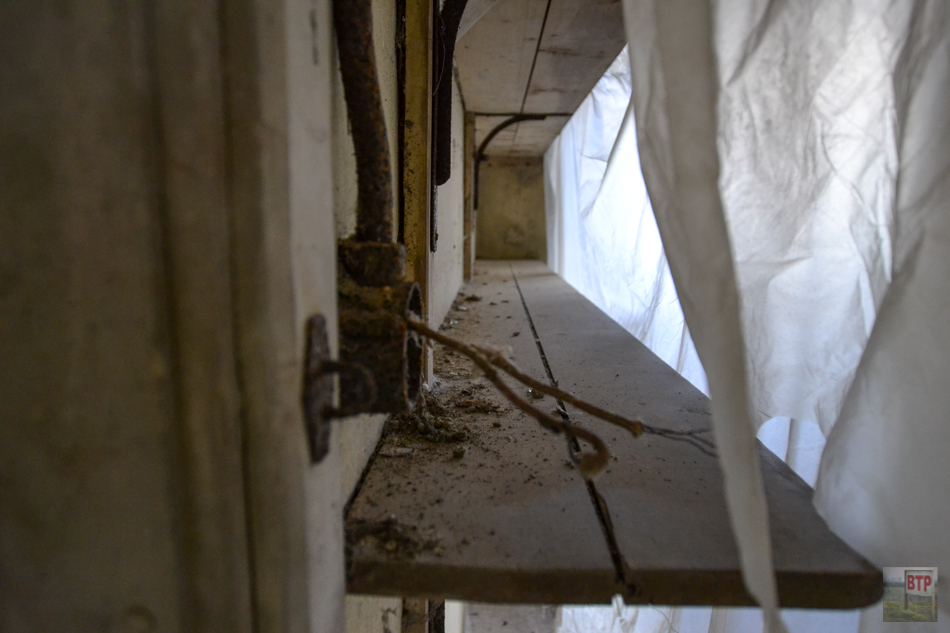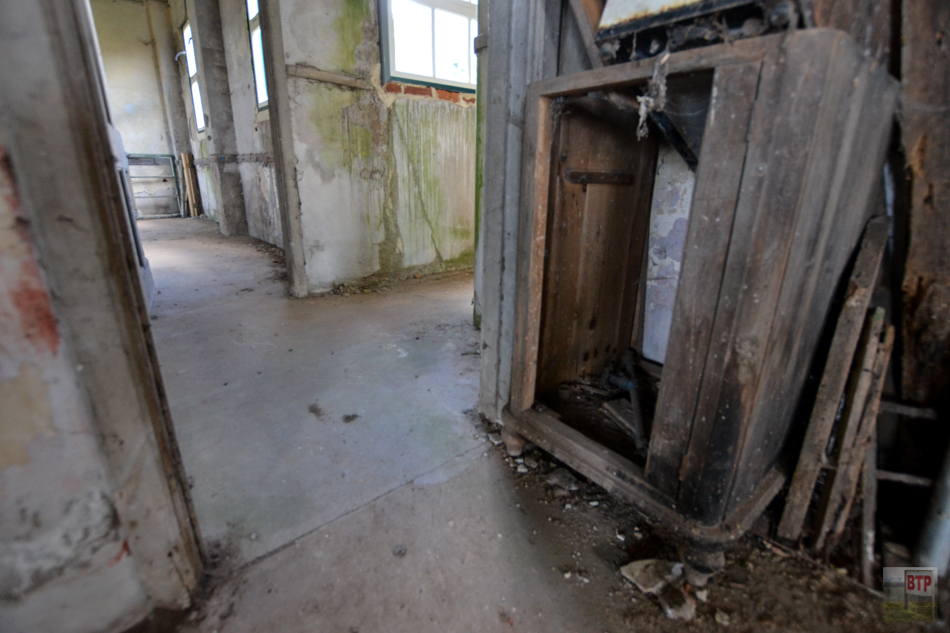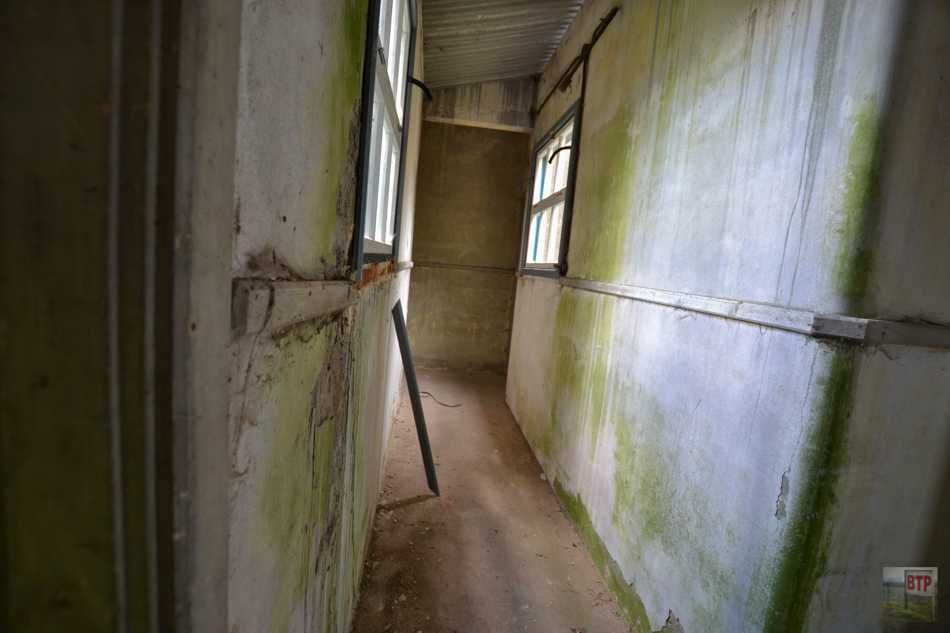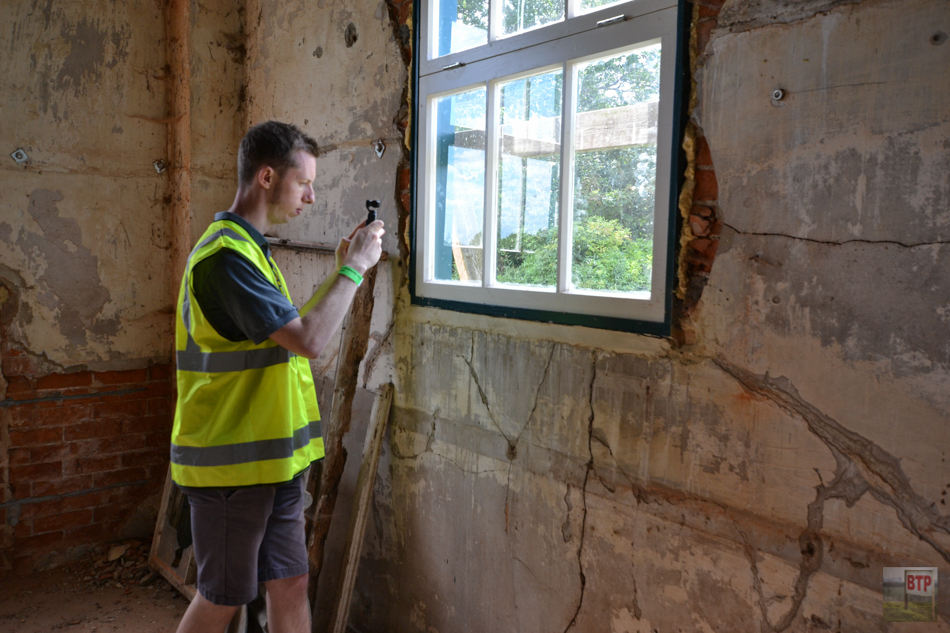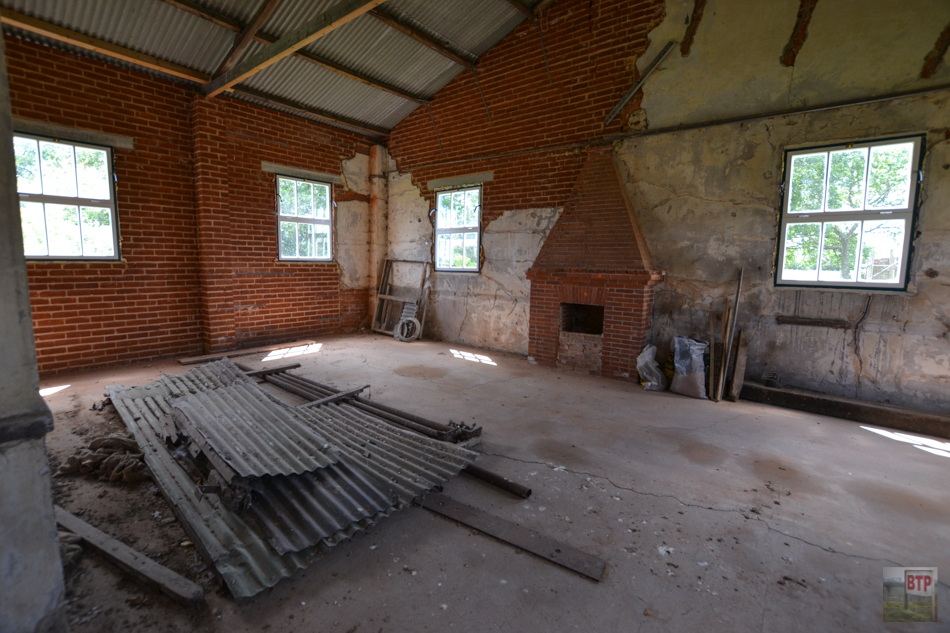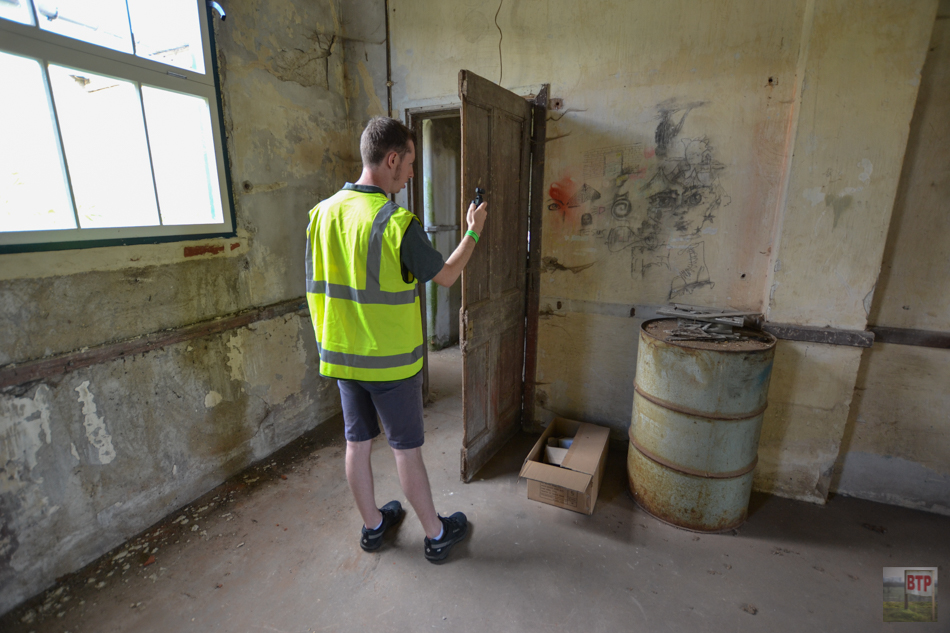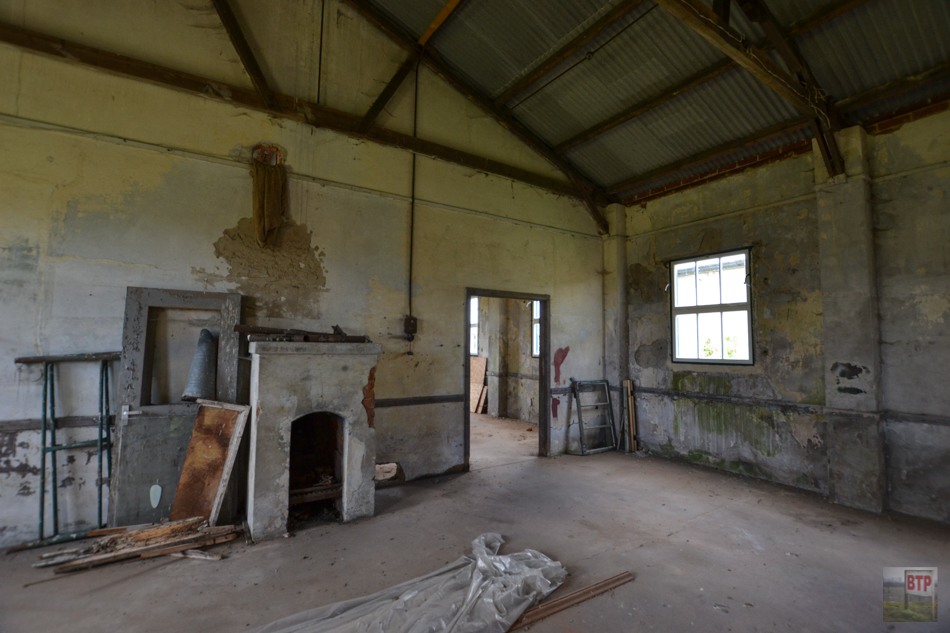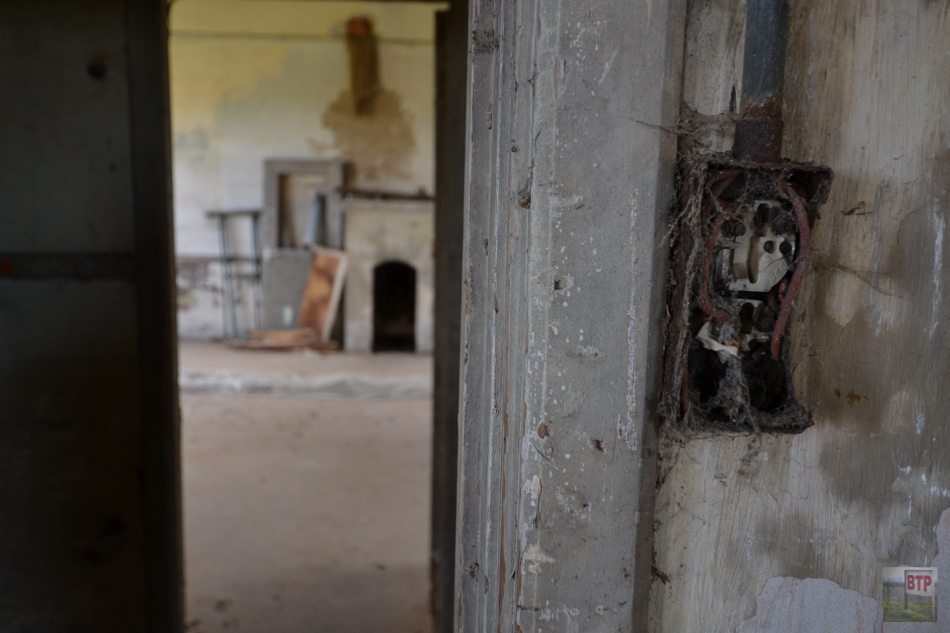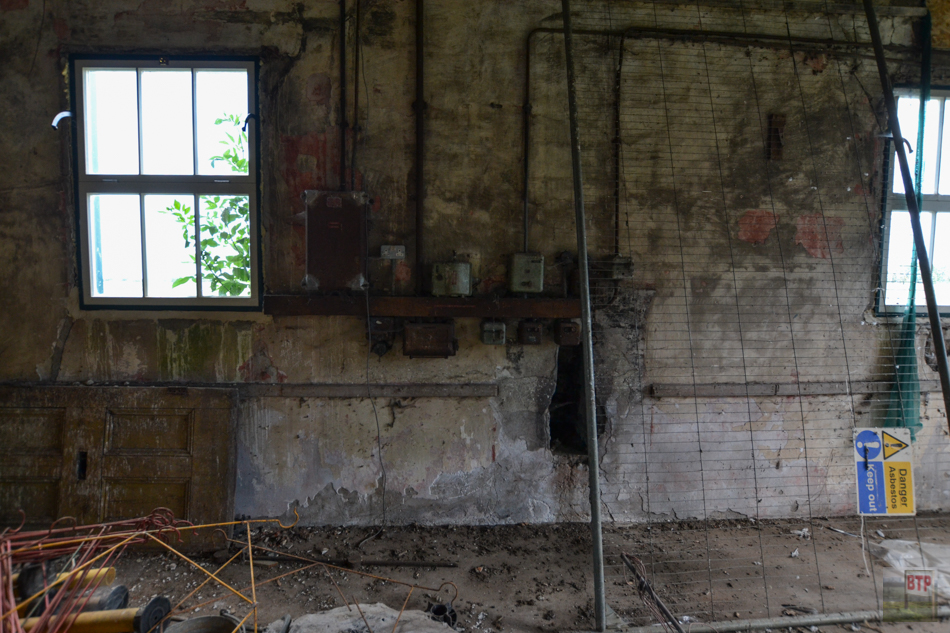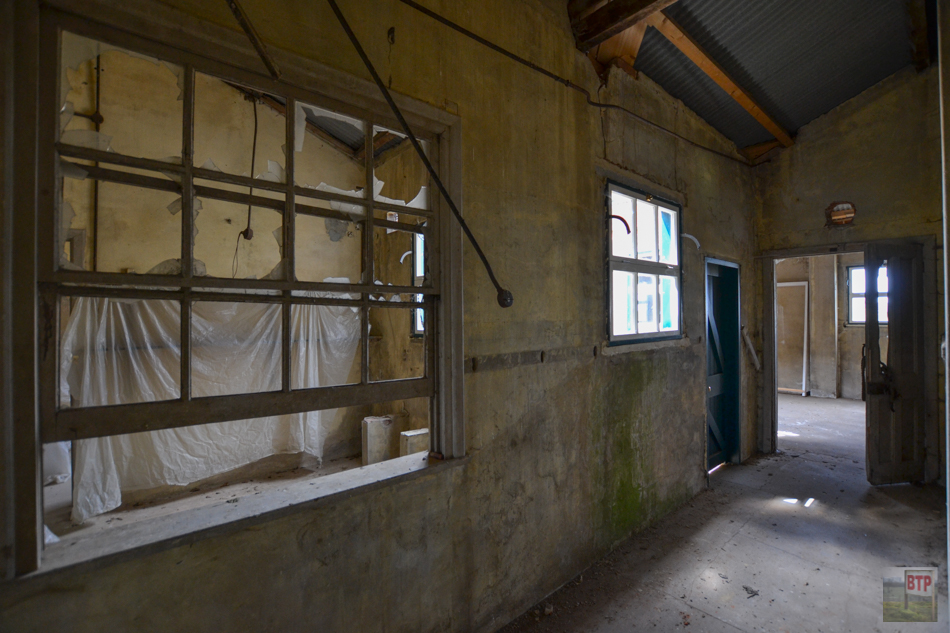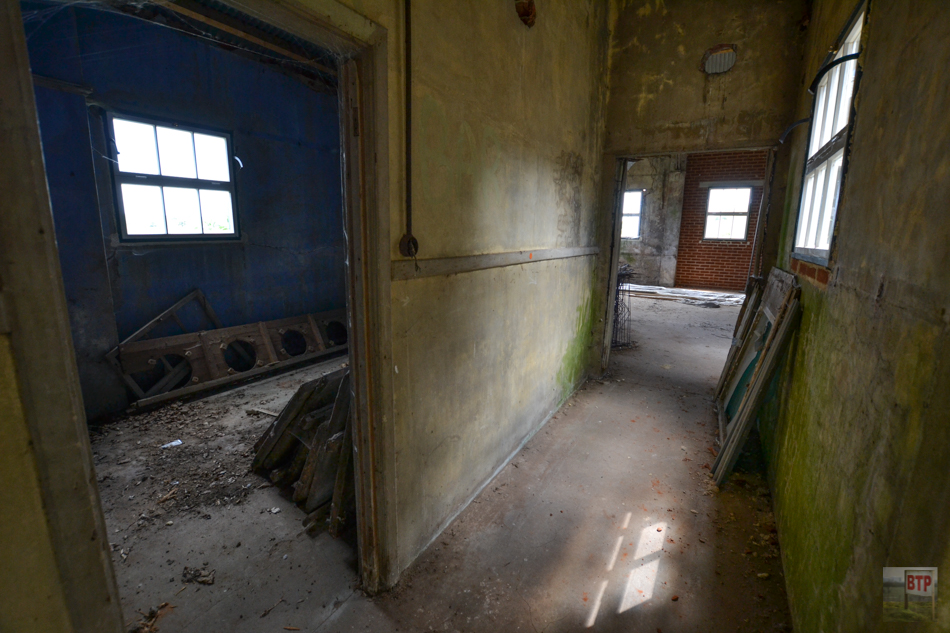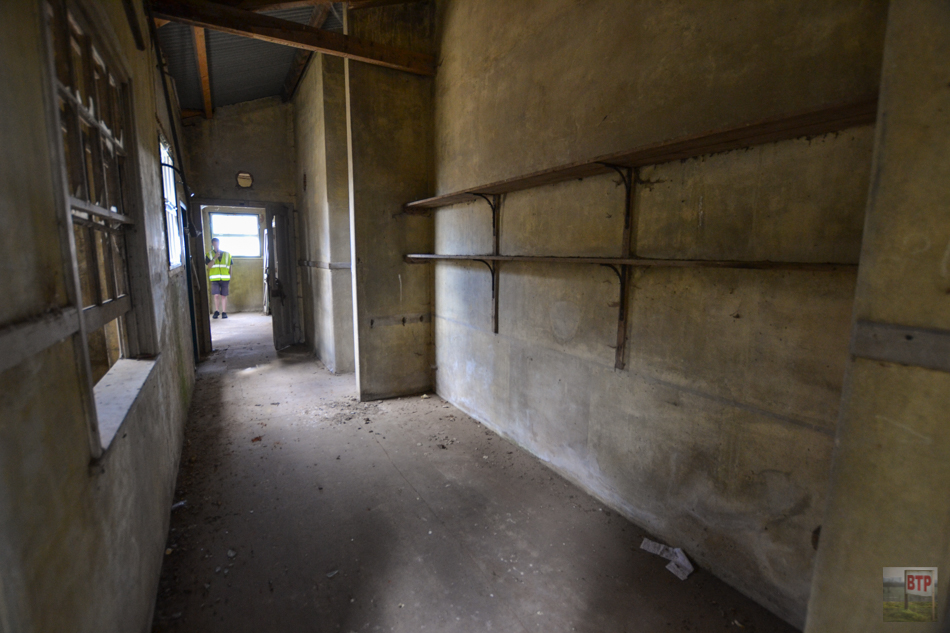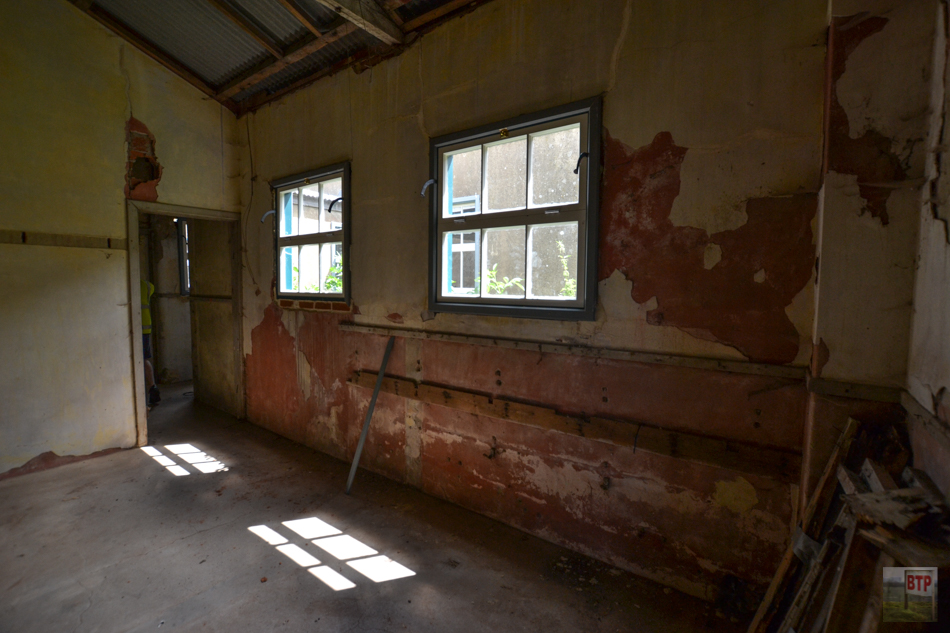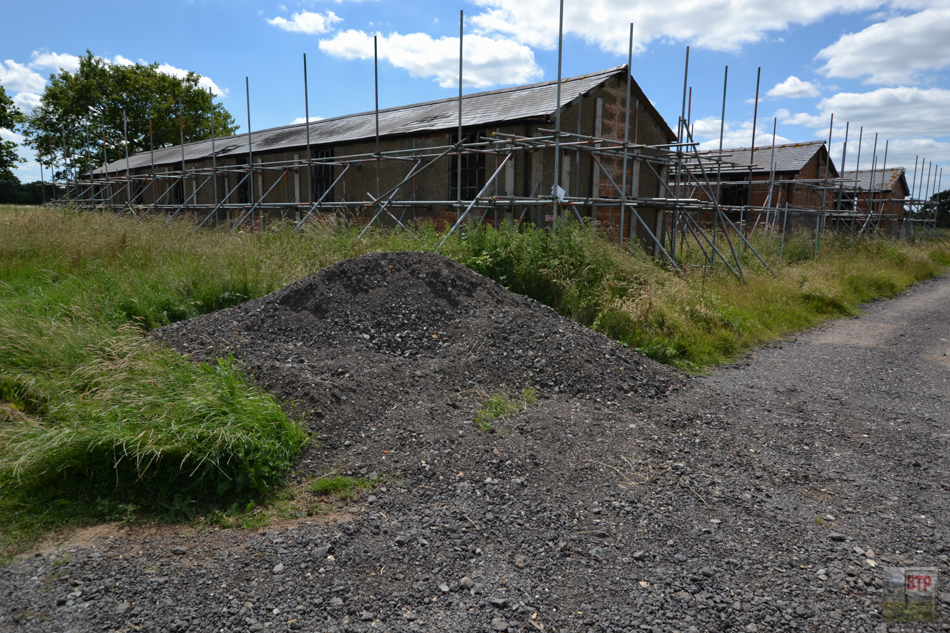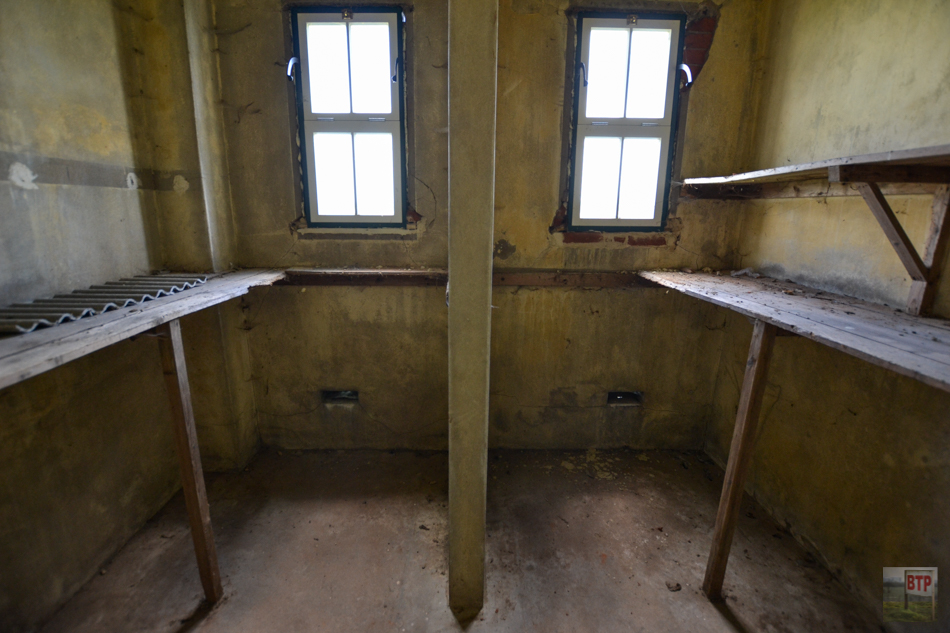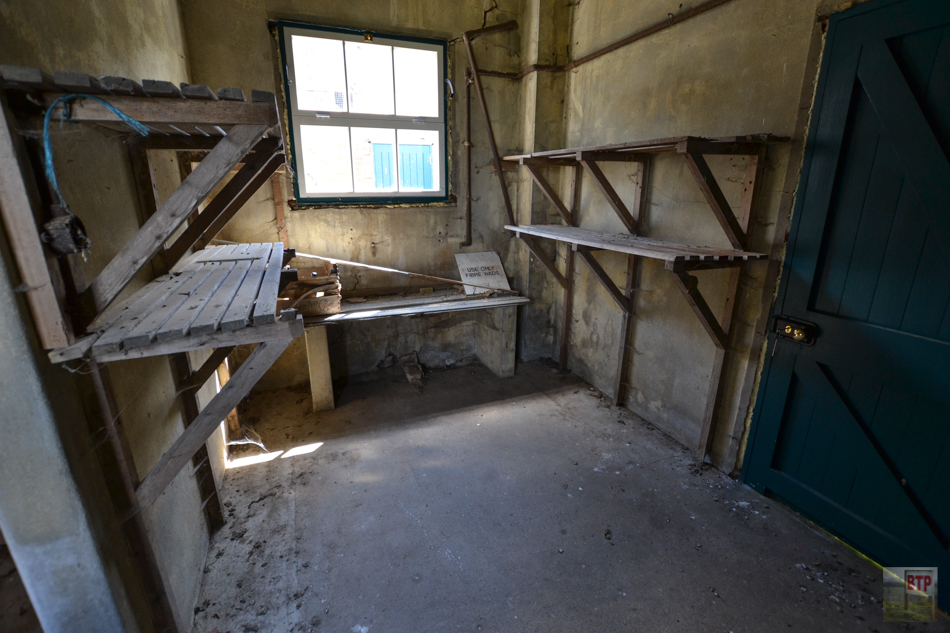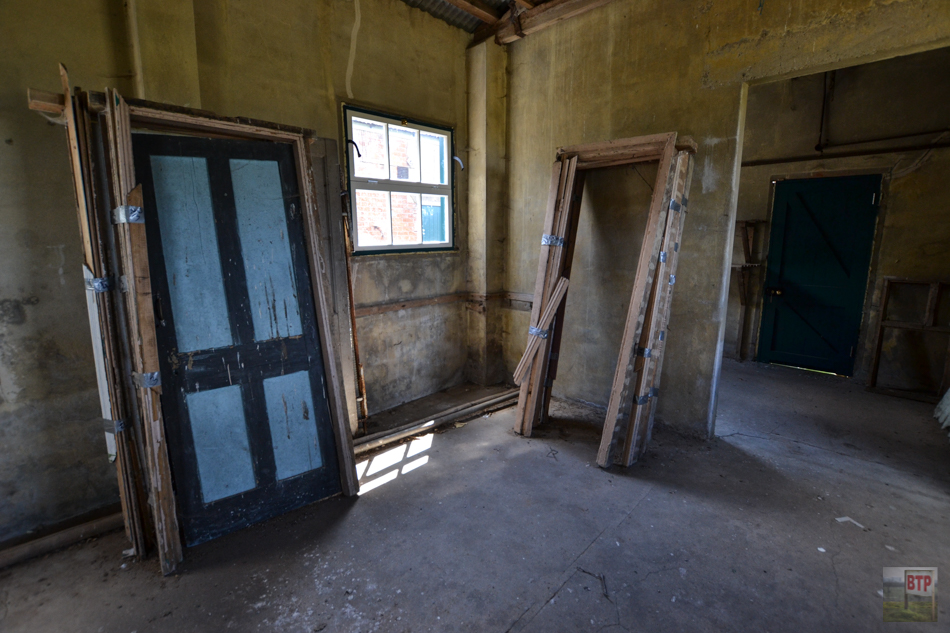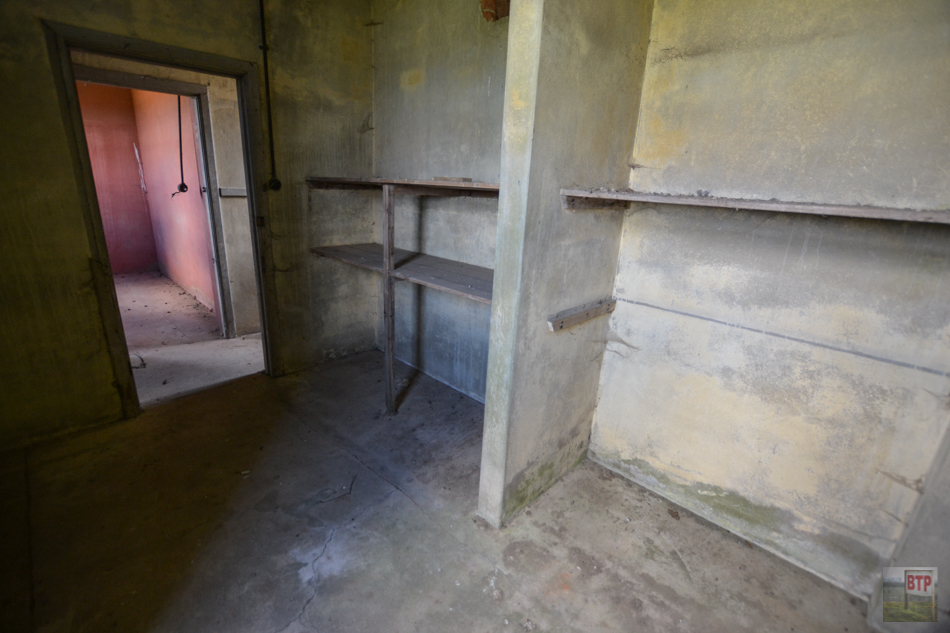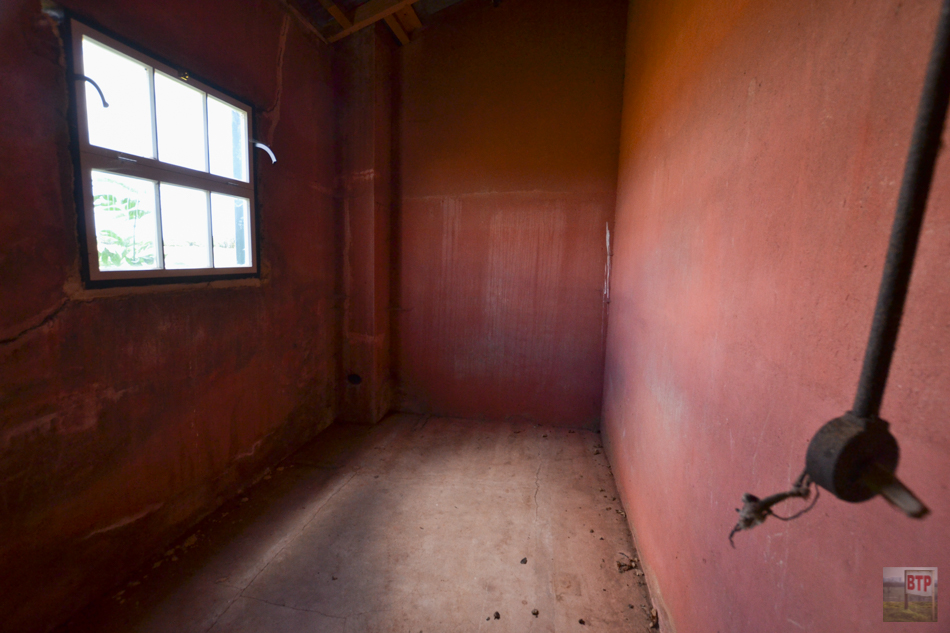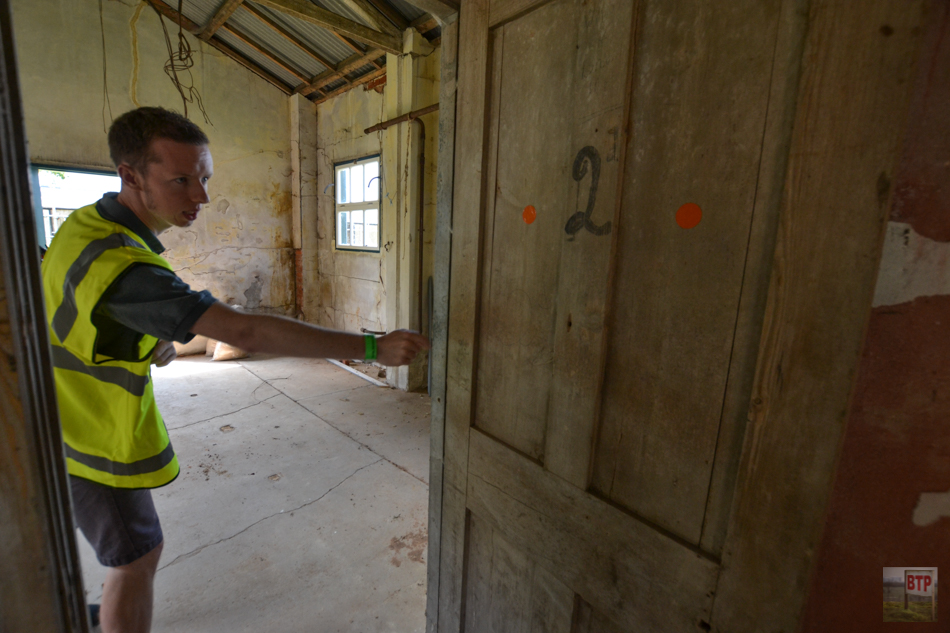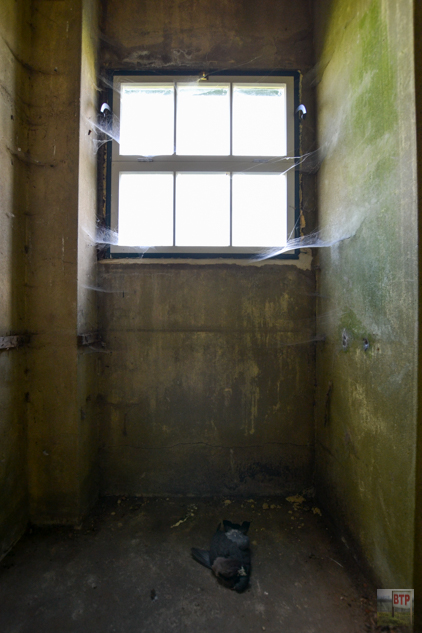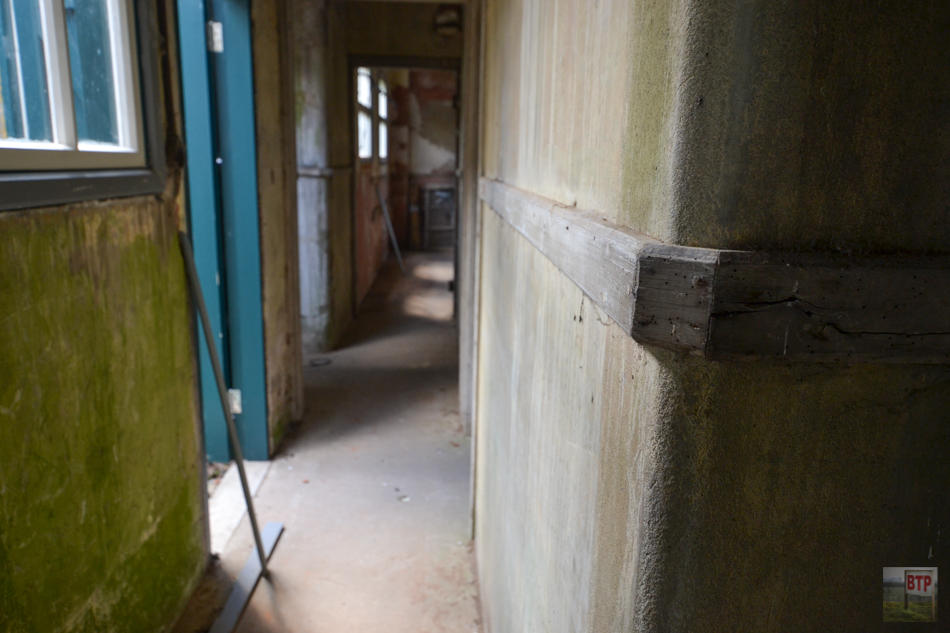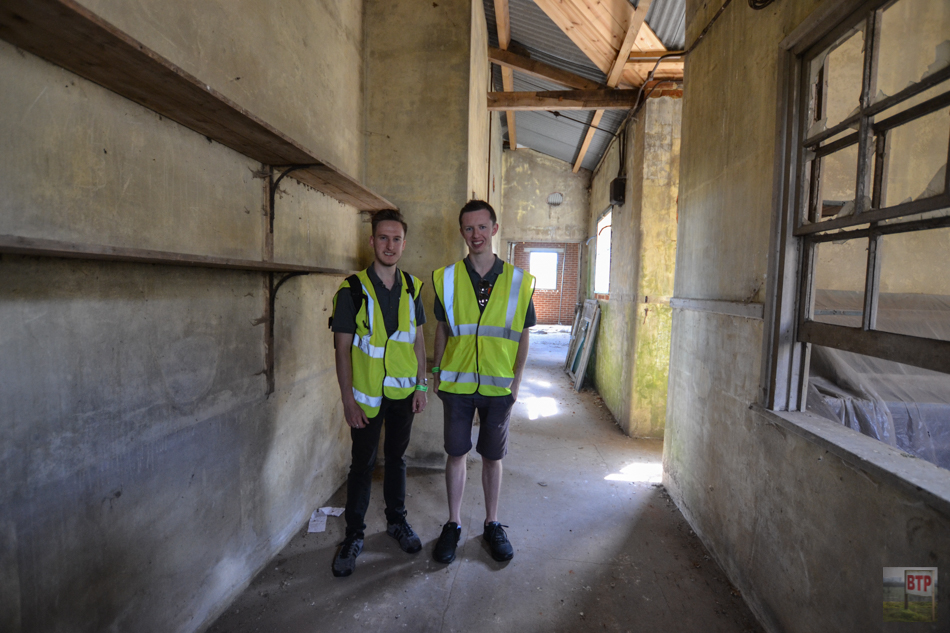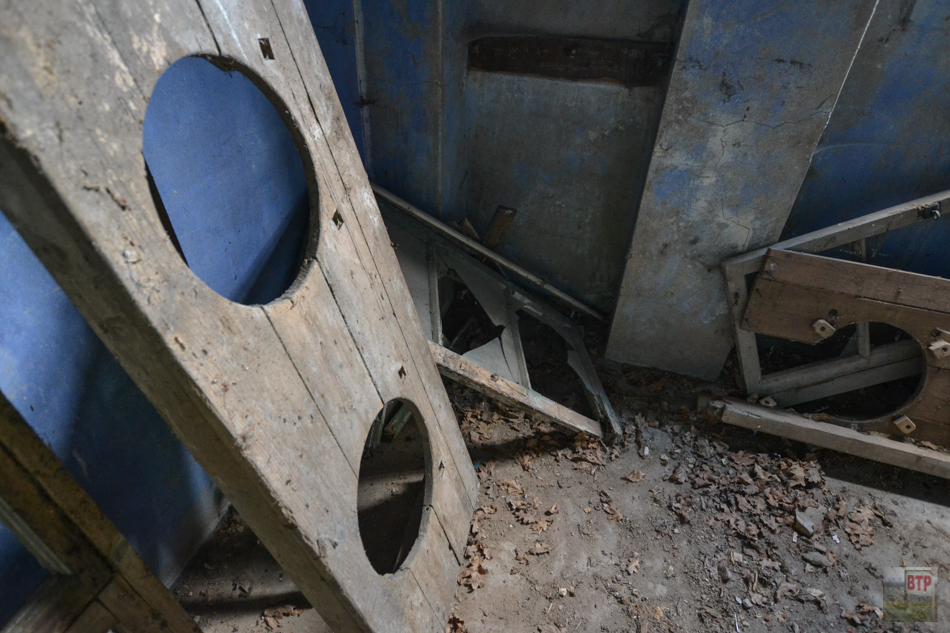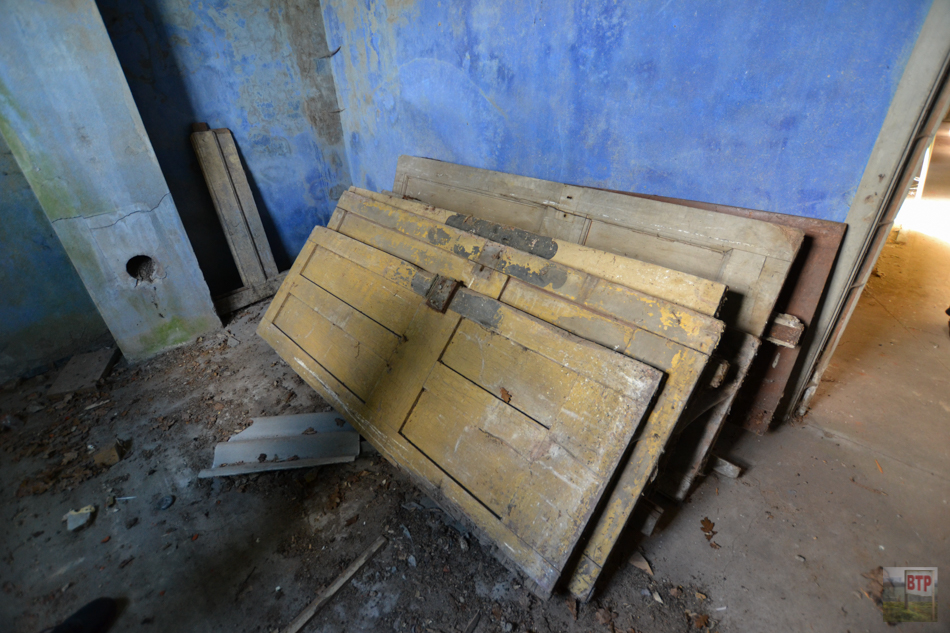Stow Maries is a village and civil parish in west Essex. In September 1916, during the first World War, an airfield was established at Stow Maries for the Royal Flying Corps. By 1919 the need for airfields lessened and Stow Maries was closed. The site was then considered for development as an airfield during the Second World War but it was considered unsuitable due to the clay soil being too soft for heavier newer aircraft and even though not opened it played a role nevertheless, being bombed by the Luftwaffe and used as an emergency landing site by a damaged Hurricane fighter plane. Because of this, the airfield buildings escaped any modernisation and stood overgrown upon a farm until recent efforts to bring it back to life in the 21st Century. Half the site is now a museum, which we believe is a real gem, and the other half stands derelict yet thankfully in a process of gradual restoration. We were given special tours of the site both in 2013 and 2019, having changed ownership in the meantime. However, it is now in safe hands and the work going on is very impressive. This site is of global significance and is believed to be the only surviving WW1 aerodrome complex possibly in the world!
The first aircraft to arrive at the new aerodrome in September 1916 belonged to “Flight, 37 (Home Defence) Squadron, Royal Flying Corps. The Squadron was charged with the eastern aerial defence of the capital. In the earliest part of its existence the accommodation consisted of wooden hutting and tents. The buildings now present on the airfield are later additions when the possibility still existed of the aerodrome being made permanent. The first commanding officer of Stow Maries Aerodrome was Lieutenant Claude Ridley. Educated at St Pauls School, London, he was barely 20 years of age but had already seen service with the Royal Flying Corps on the Western Front.
Following a period of organisation and training at Stow Maries the first recorded operational flight took place from the aerodrome on the night of 23rd/24th May 1917 when Ridley (now promoted to Captain) and Lieutenant G Keddie were ordered aloft in response to a large Zeppelin raid targeting London. They scored no success on that occasion but as time went on the amount of operational flights grew as did the aircraft establishment of the station. Both day and night patrols are recorded but it was to be “Flight at Goldhanger that claimed the Squadrons first confirmed destruction of an enemy machine, when during the early hours of 17th June 1917, 2nd Lieutenant L. P Watkins was credited with the downing of Zeppelin L48 at Theberton in Suffolk. This was to be the last Zeppelin brought down in Great Britain during the war.
One of the stations busiest days was 7th July 1917 when aircraft were ordered after a formation of twenty two Gotha bombers heading for London. Stow Maries pilots engaged the enemy aircraft in a running fight and scored several hits. Fire was returned however and the ground crews found a number of bullet holes in the returning aircraft. Day and night patrols continued but it was the fragility of the aircraft of the period and the inexperience of the young pilots that caused the loss of aircrew from the station. June 1917 saw the loss of 2nd Lieutenant Roy Mouritzen from Western Australia in a flying accident and July of the same year serious injury to Captain E Cotterill through engine failure. Captain B Quinan crashed at Woodham Walter on a training flight and was severely injured. He died in July 1918 in which that year saw continued losses at the aerodrome.
Flight moved to Stow Maries from Goldhanger in February 1919 bringing the total staffing levels to around 300 personnel and 24 aircraft, the first time the whole Squadron had been located at one Station. It signalled the end for the Essex aerodrome however and the following month the Squadron moved to Biggin Hill in Kent, leaving the site empty. An interesting fact now…the floor tiles below are from the old, now derelict, Castle View School site on Canvey Island.
The airfield buildings are still mostly intact, with some evening having the original windows still in place! The buildings were used to store grain and farm vehicles until 2008 and has since been purchased by Steve Wilson and Russell Savory and is being restored to a state that it would have been found in 1919. Liam and I visited the site first in 2013 and then again in 2019 and the difference is phenomenal. As you’ll see in our video above, we were given a special look around some of the derelict buildings that haven’t yet been done up.
Starting in 2014, to commemorate the Centenary of World War I, and in partnership with other companies, 5–8 different WW1 aircraft will be brought to the UK to tell the story of the technical and tactical aerial combat that occurred between allied and German aviators throughout the Great War. Subject to funding, WAHT (WW1 Aviation Heritage Trust) will acquire a WW1 aircraft each year on behalf of the nation to tell the story of each year of the War at airshows and commemorative events in the form of air displays, flypasts and static diorama. It is planned that ultimately these aircraft will be based at the Stow Maries site supported by an apprenticeship scheme to foster the preservation and restoration of WW1 aircraft.
Pre-Restoration (2013)
Full set of 2013 photos HERE on our Facebook Page.
Post-Restoration (2019)
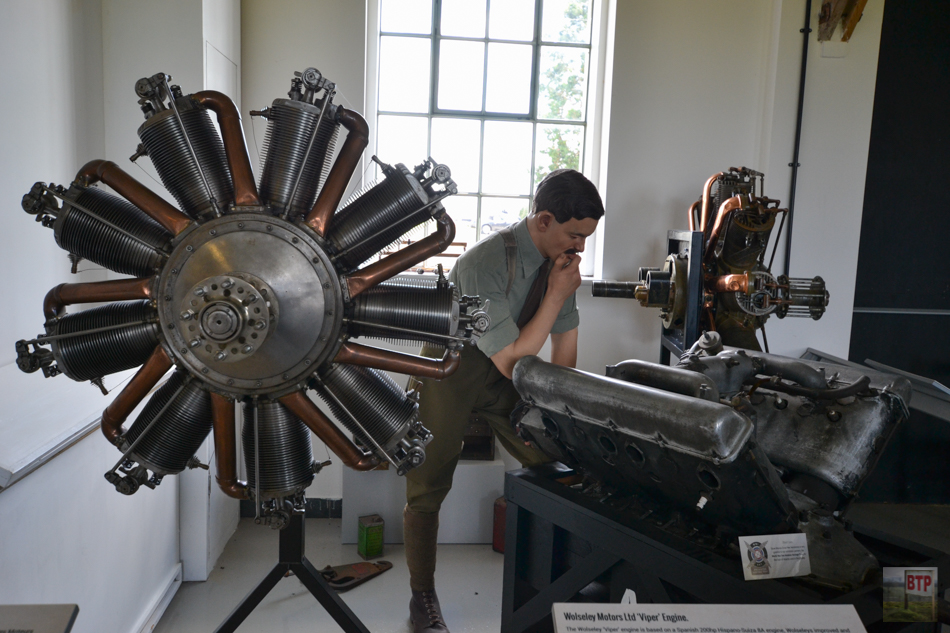
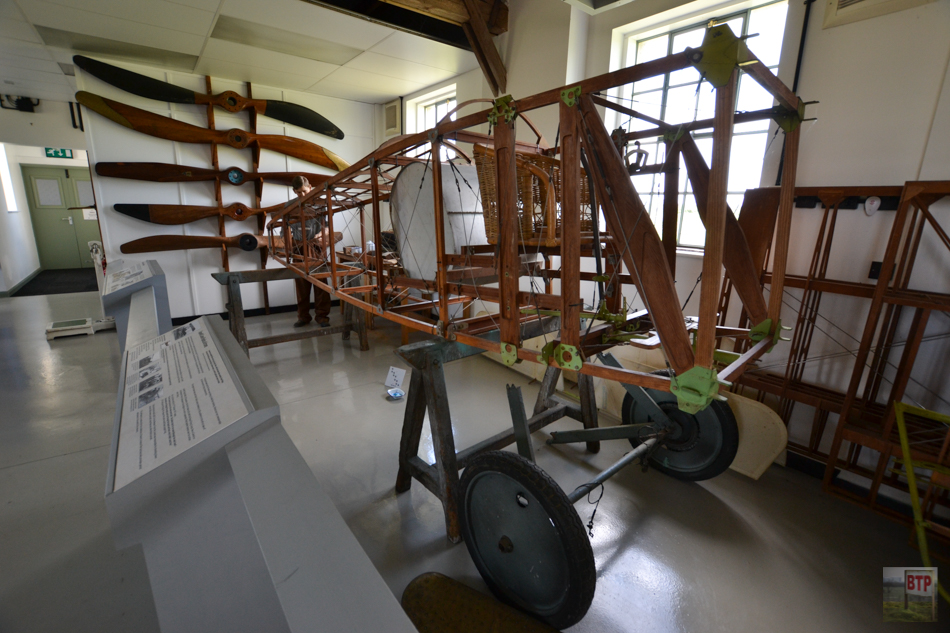
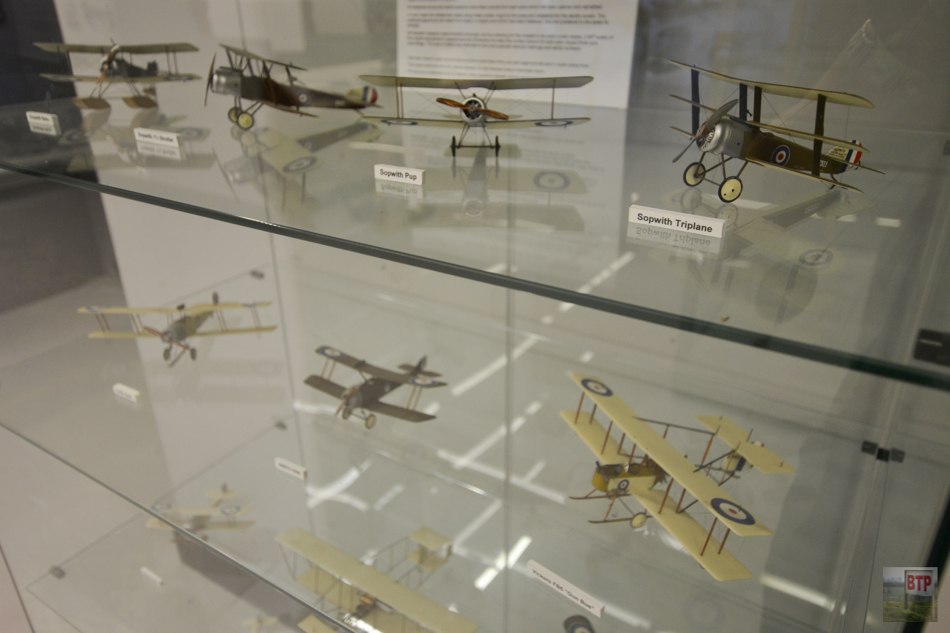
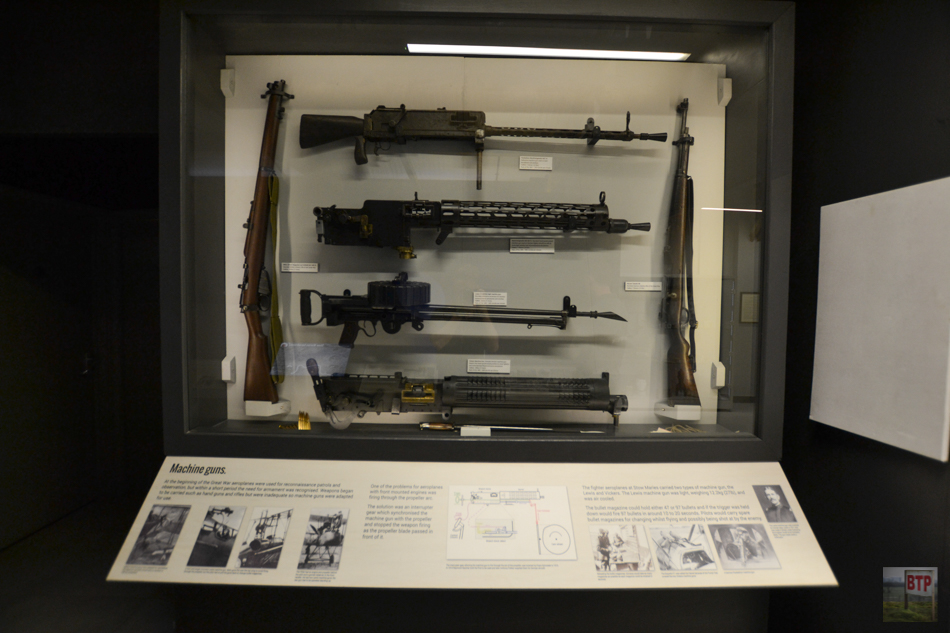

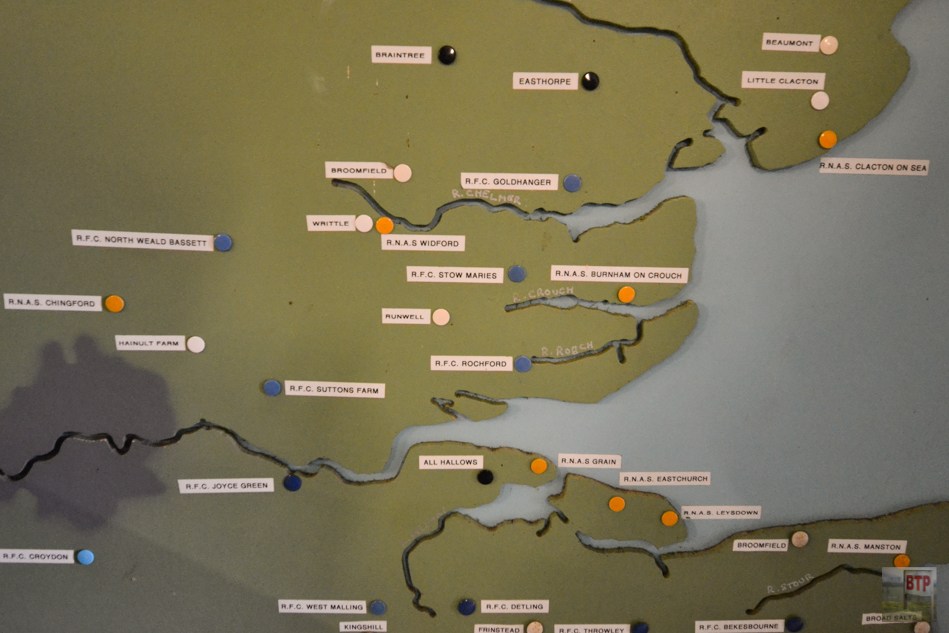
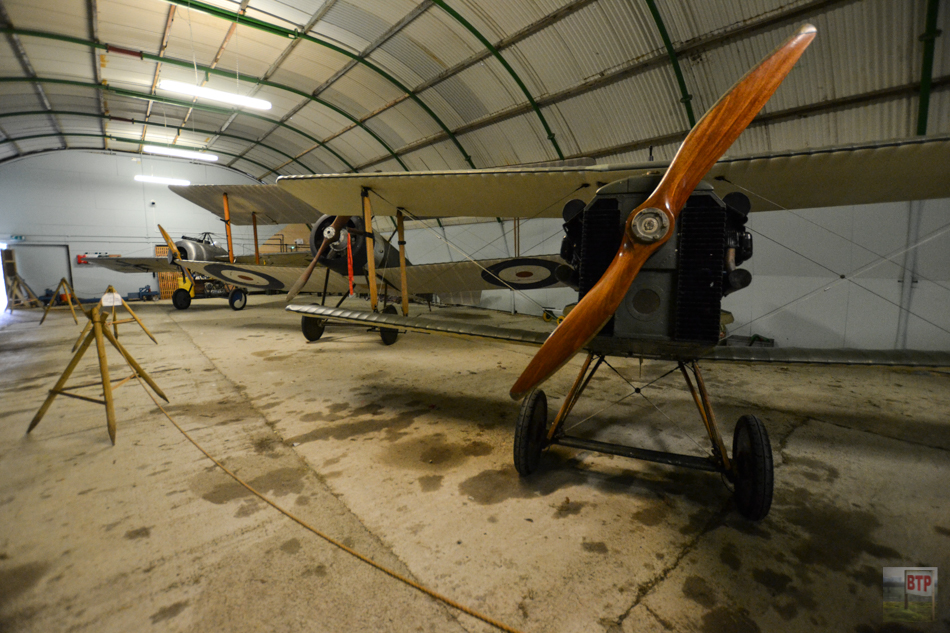

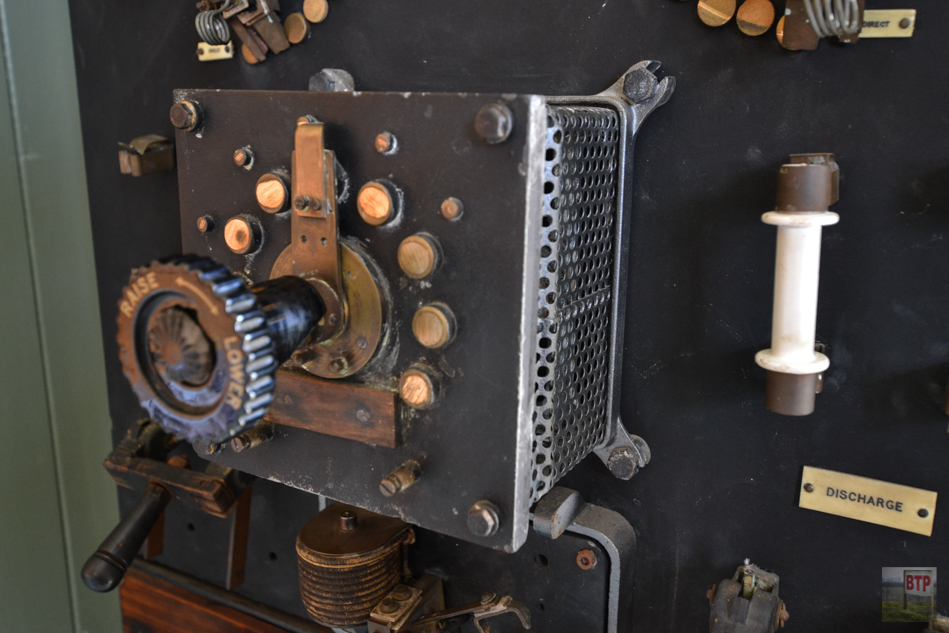
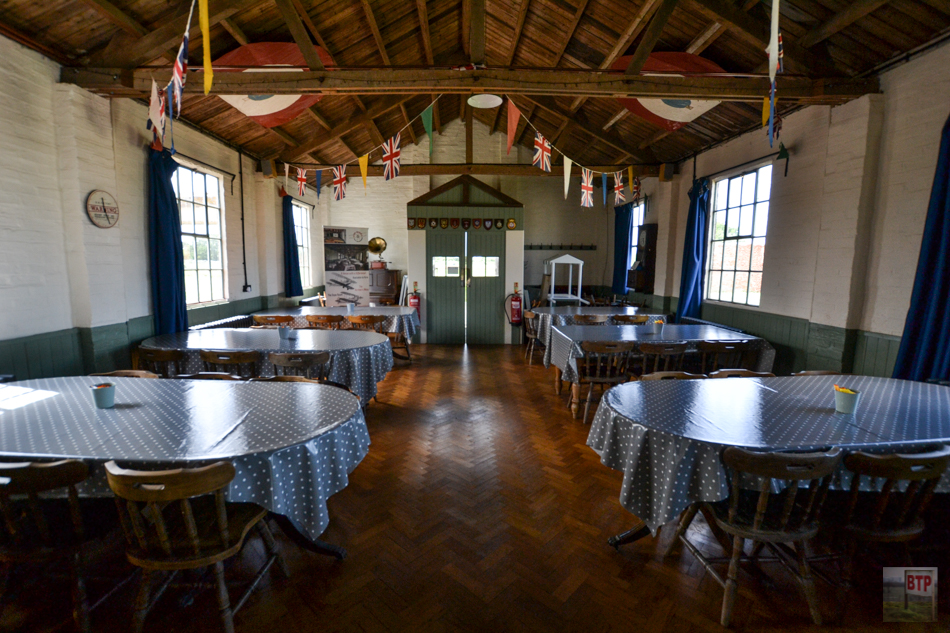
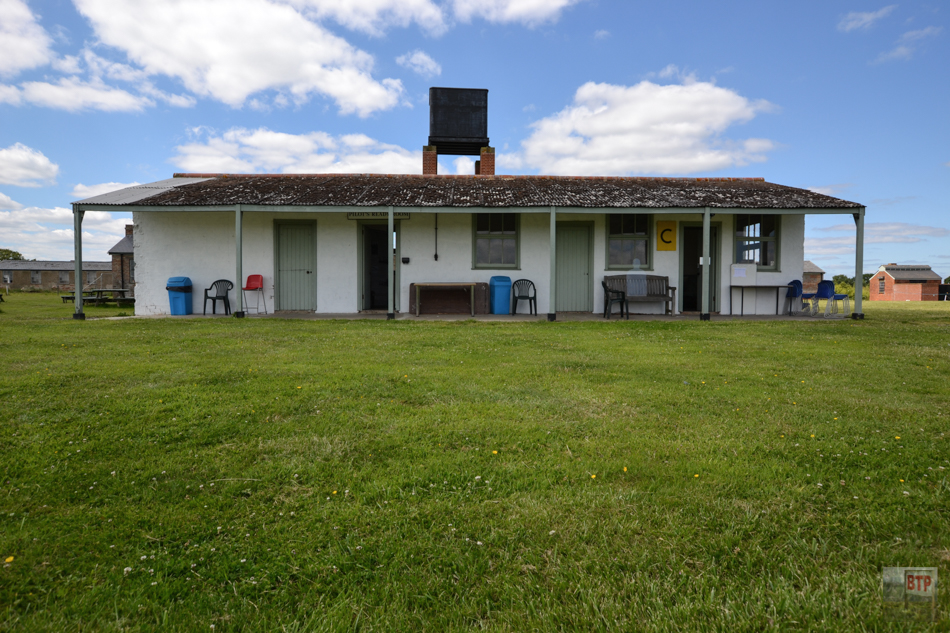
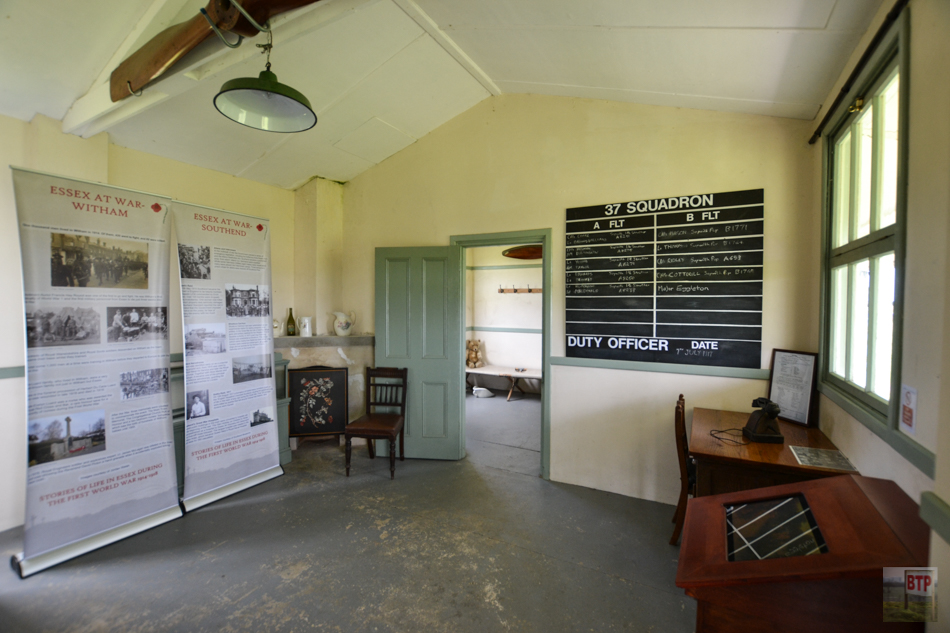
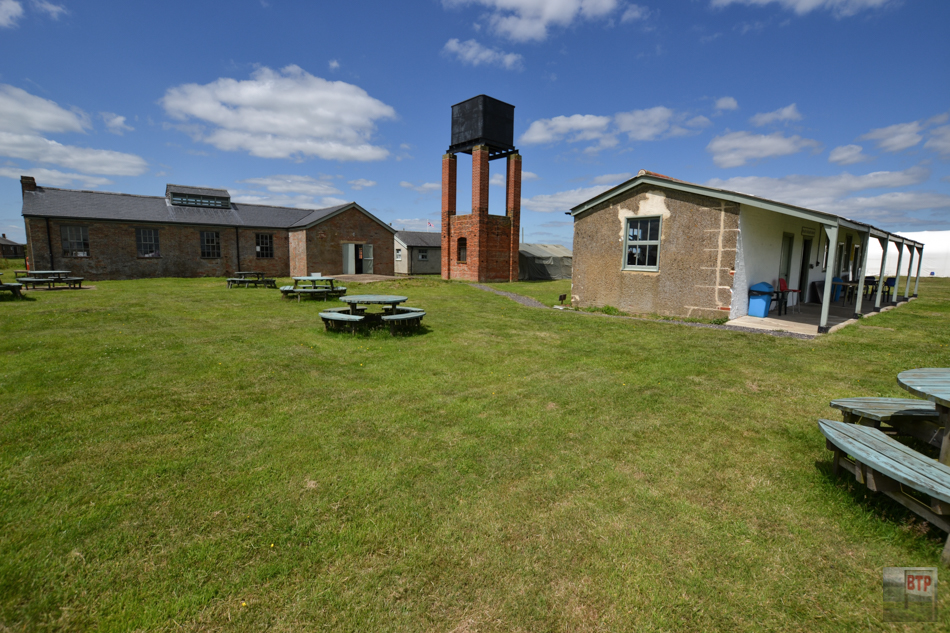
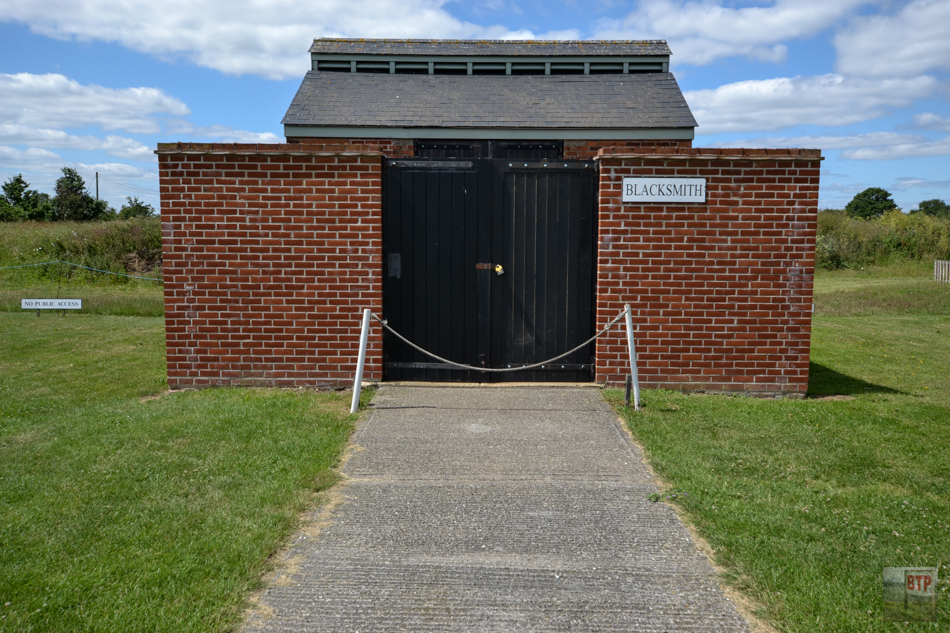
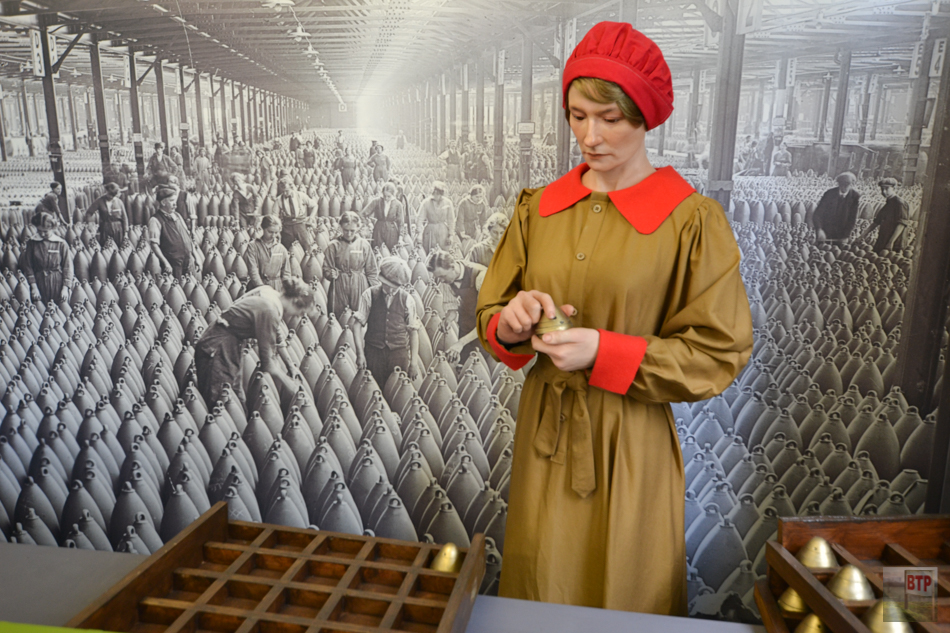
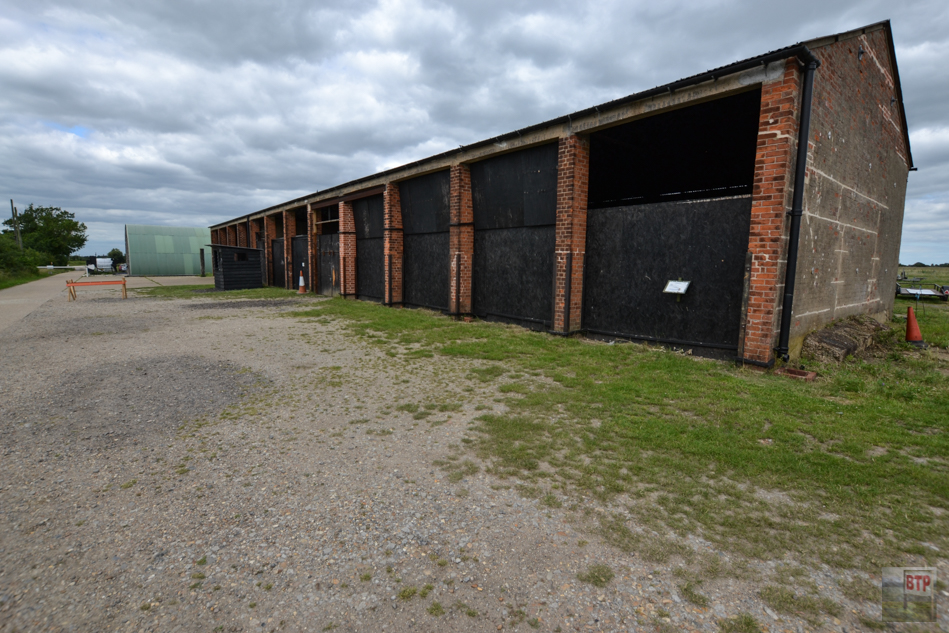
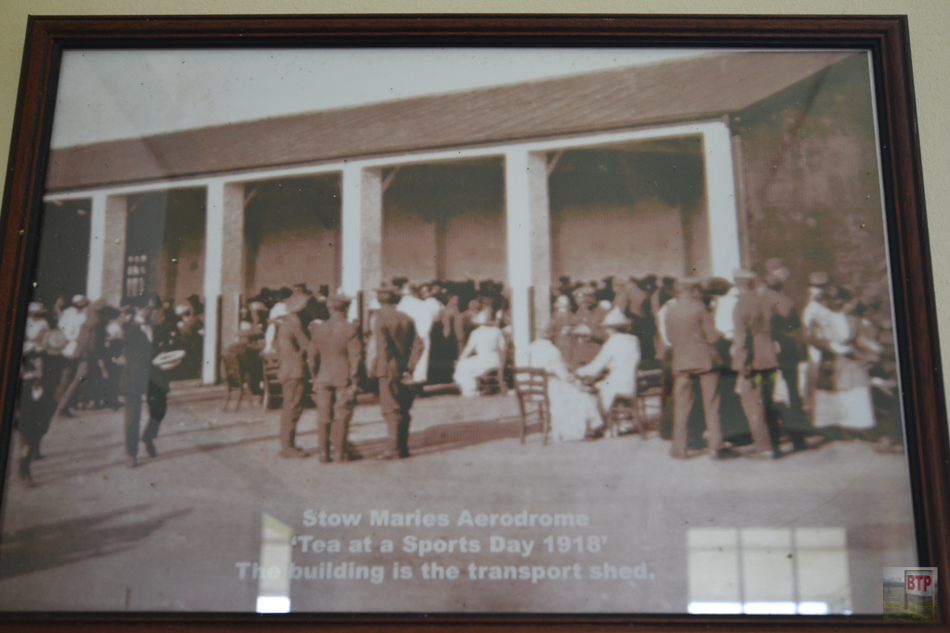
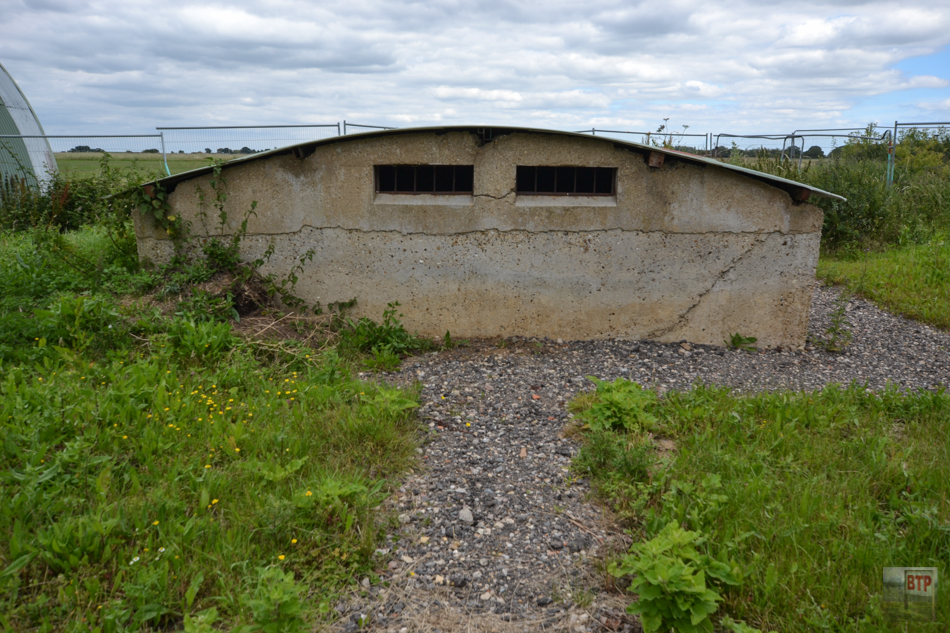
Bomb store 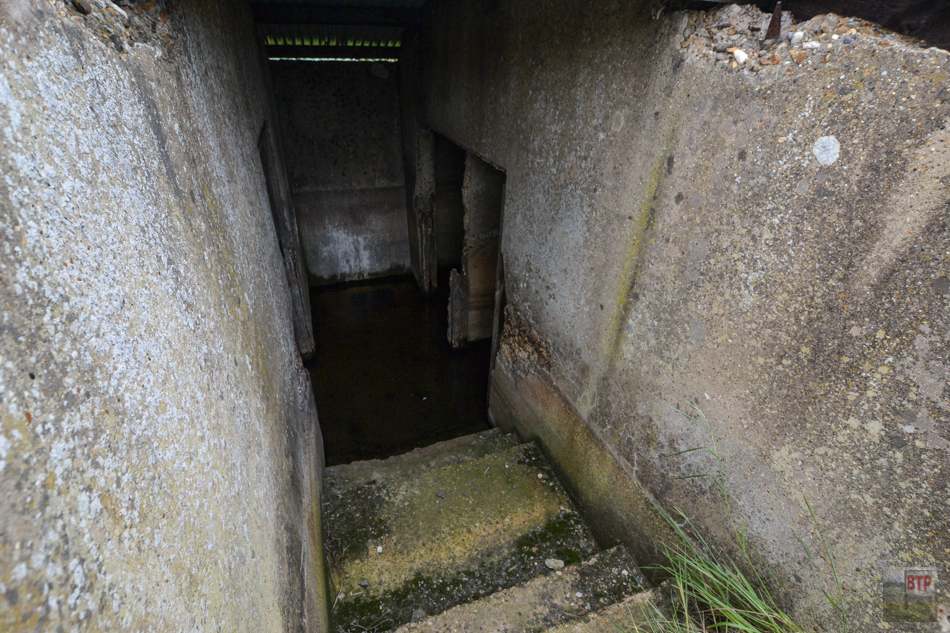
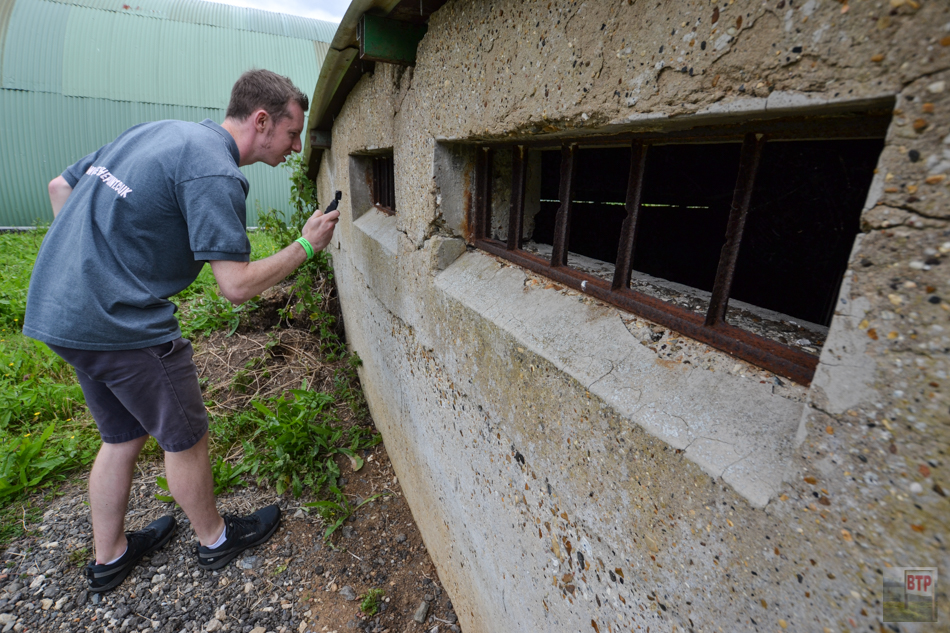
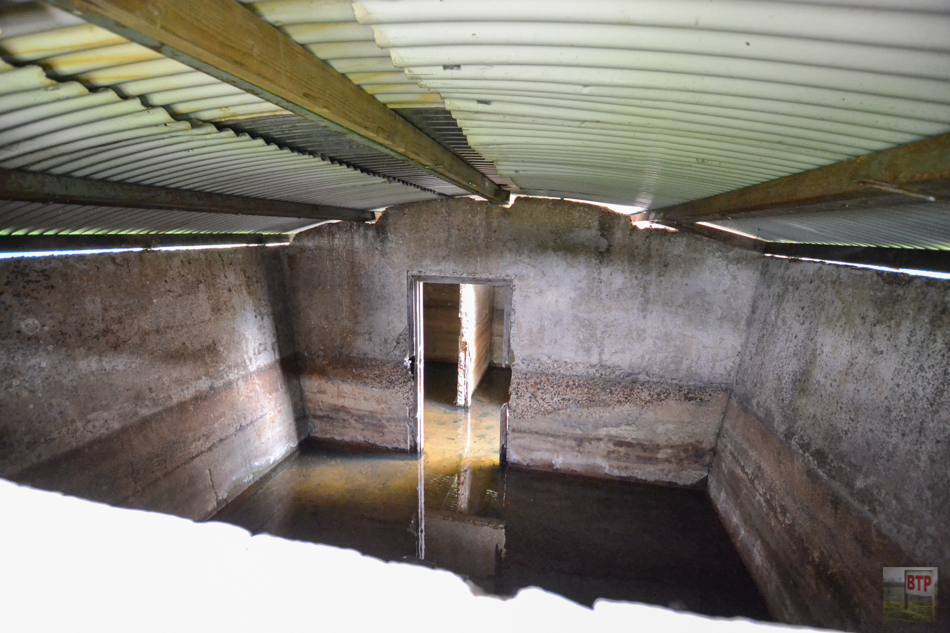
Officers’ Mess (2019)
Thanks to the kindness of Stow Maries Great War Aerodrome and its volunteers, we were allowed an exclusive look around the officers’ mess building. The previous 2013 images show it in a poor state, completely open to the elements and missing parts of its walls. When we were shown inside, it had just had structural works done to make it safe again, yet its interior was undecorated still bearing contemporary WW1 furnishings, paint, and graffiti. This was genuinely one of the most special places we have been able to see, as this building has had no known use since the airfield closed around 1919 beyond possible farm storage. A true time capsule. It was likely overgrown for decades, keeping it away from unwanted attention. The museum hopes to restore this amazing maze of a building into another part of their exhibits in the future.
Remembering Those That Perished at Stow Maries
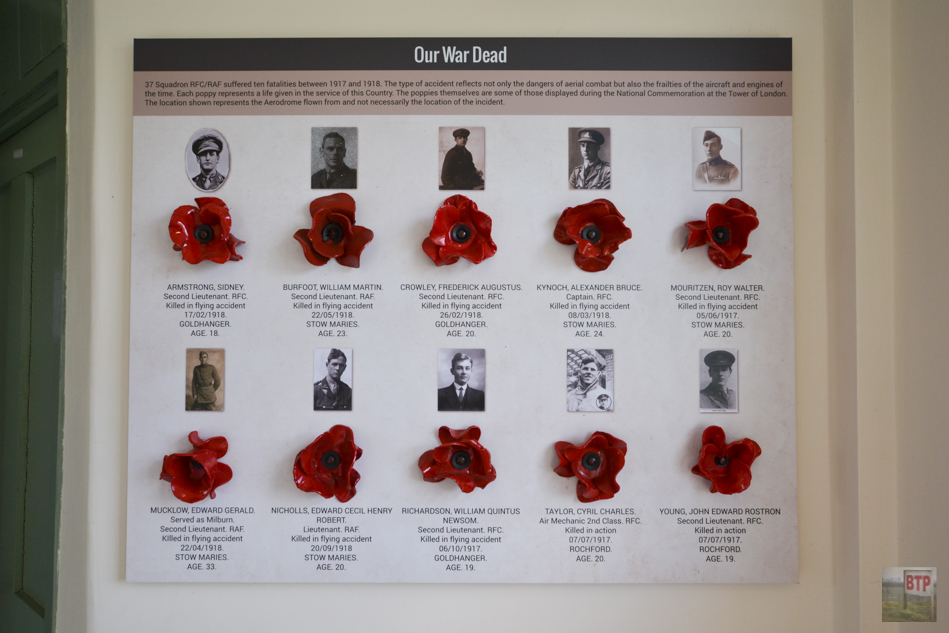
- Edwardian & First World War
- Exclusive Access
- Military
- Museum
- Wickford Rayleigh Hockley Woodham & Fambridge

